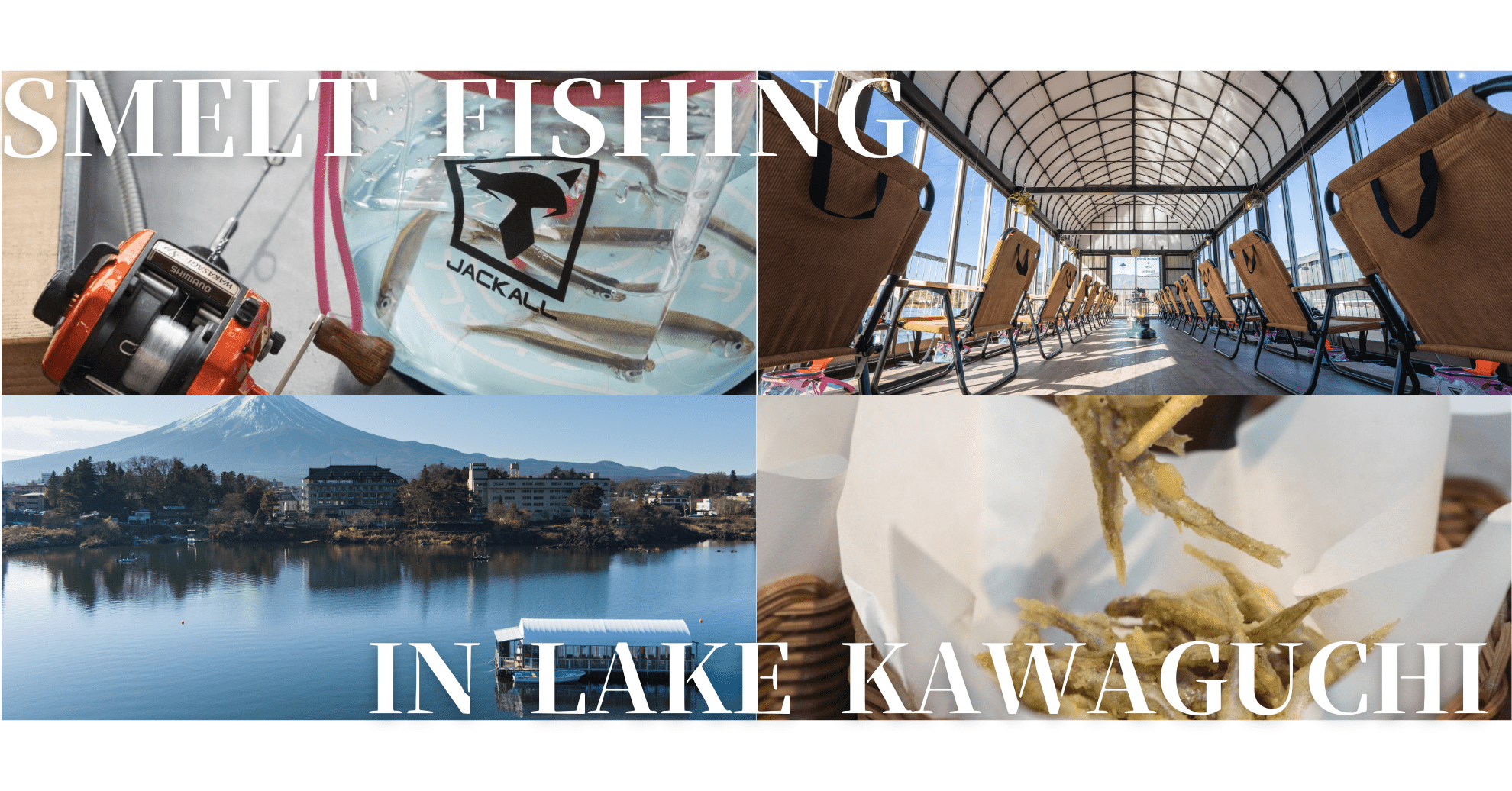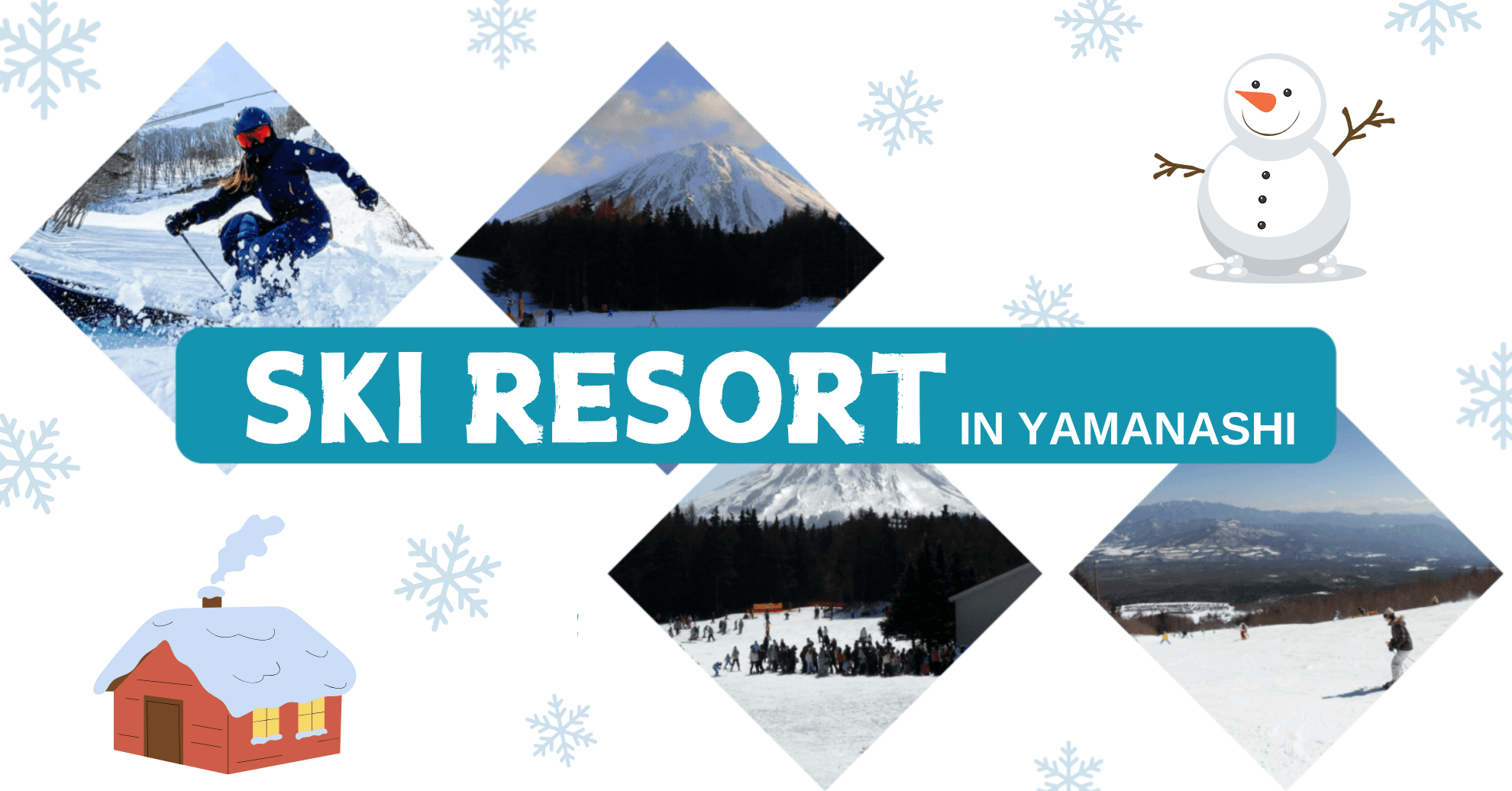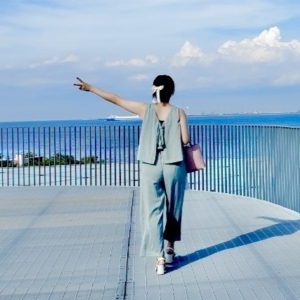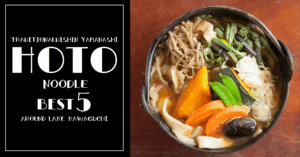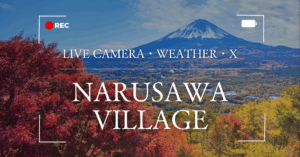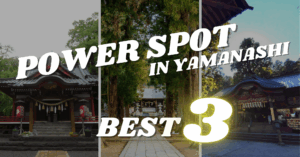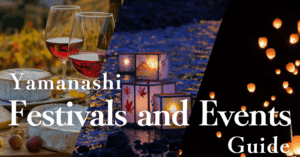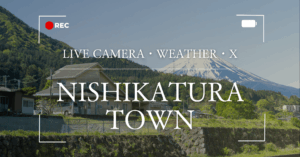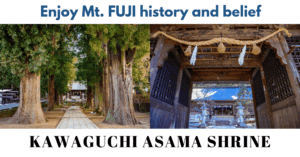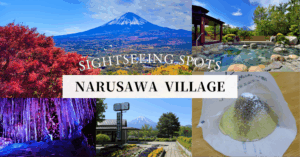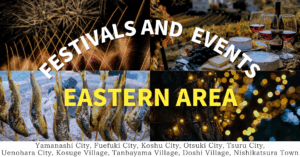Mt. Fuji is Japan’s most iconic symbol, admired for its majestic beauty and sacred presence. For centuries, it has been cherished and worshiped, deeply rooted in Japanese culture and spirituality.
Its breathtaking form has inspired countless works of art and continues to captivate people worldwide.
Surrounding Mt. Fuji are diverse natural landscapes and a variety of awe-inspiring phenomena created by its silhouette. Highlights include the mesmerizing “Sakasa Fuji” (upside-down reflection of Mt. Fuji on water) and the dazzling “Diamond Fuji” (the sun aligning perfectly with its summit)—both unforgettable sights that leave visitors in awe.
In this guide, we’ll cover essential facts about Mt. Fuji, explore its distinctive features, and introduce the best scenic spots to enjoy its unparalleled beauty.
What Is Mt. Fuji?
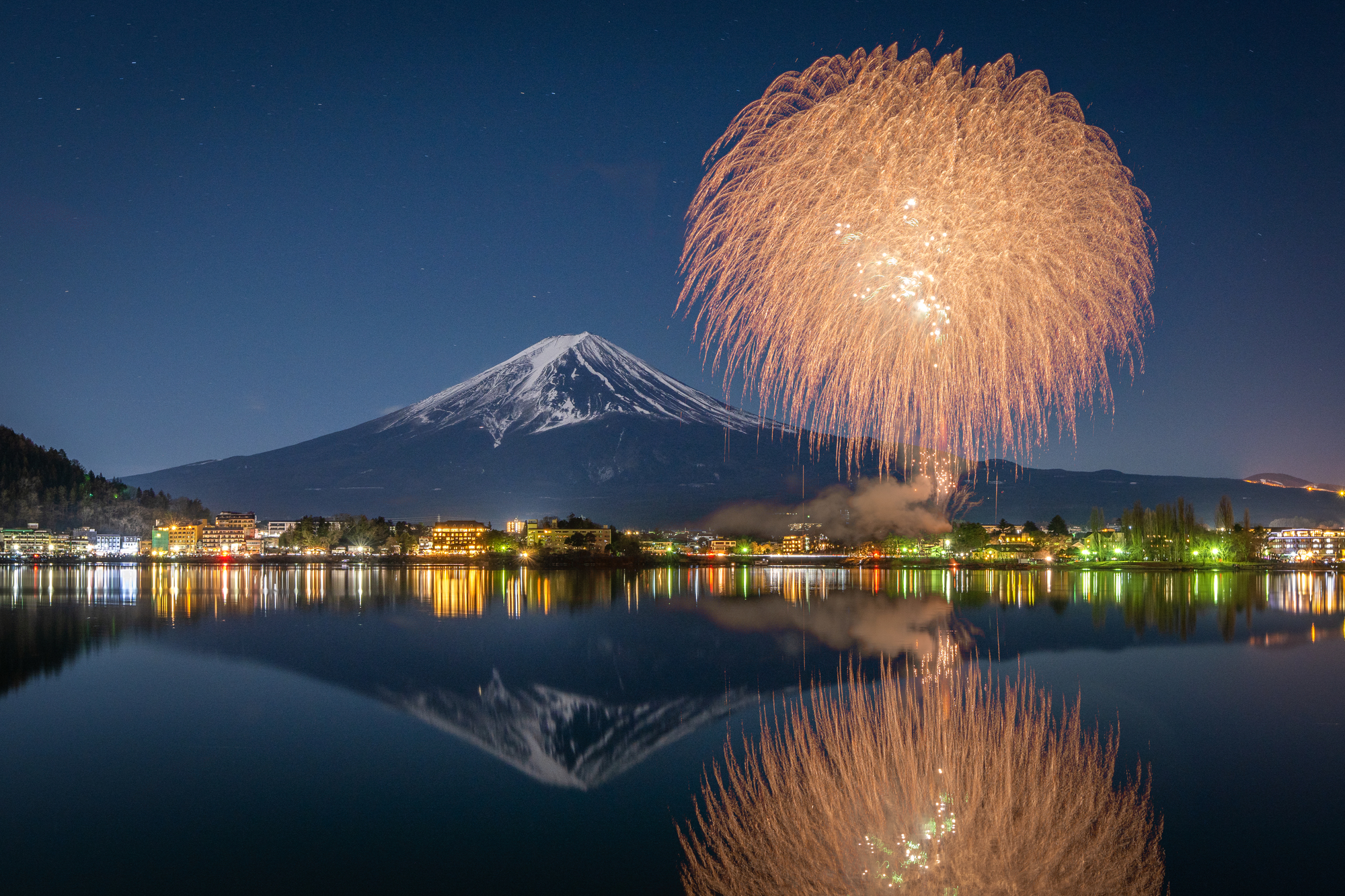
Mt. Fuji, standing at 3,776 meters, is the tallest mountain in Japan, straddling both Shizuoka and Yamanashi prefectures.
Its strikingly symmetrical cone shape is recognized around the world, making it the most famous mountain in Japan. In 2013, it was inscribed as a UNESCO World Cultural Heritage site under the title “Fujisan, sacred place and source of artistic inspiration.”
The area surrounding Mt. Fuji is dotted with hiking trails, hot spring resorts, and popular sightseeing spots, attracting countless visitors year-round. Every summer, many climbers attempt the ascent to the summit in search of breathtaking views.
One of the most moving experiences is witnessing the “Goraiko” sunrise from the summit, which requires a night hike so climbers can reach the peak by dawn.
The natural environment around Mt. Fuji is also spectacular across all four seasons: cherry blossoms in spring, lush greenery in summer, vibrant foliage in autumn, and a snow-capped peak in winter.
Mt. Fuji is not just a natural landmark but also a site of immense cultural and historical significance, beloved by people throughout the ages.
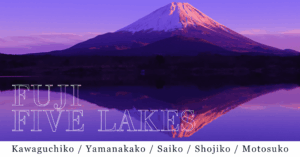
Why Is Mt. Fuji a “Sacred Object of Worship”?
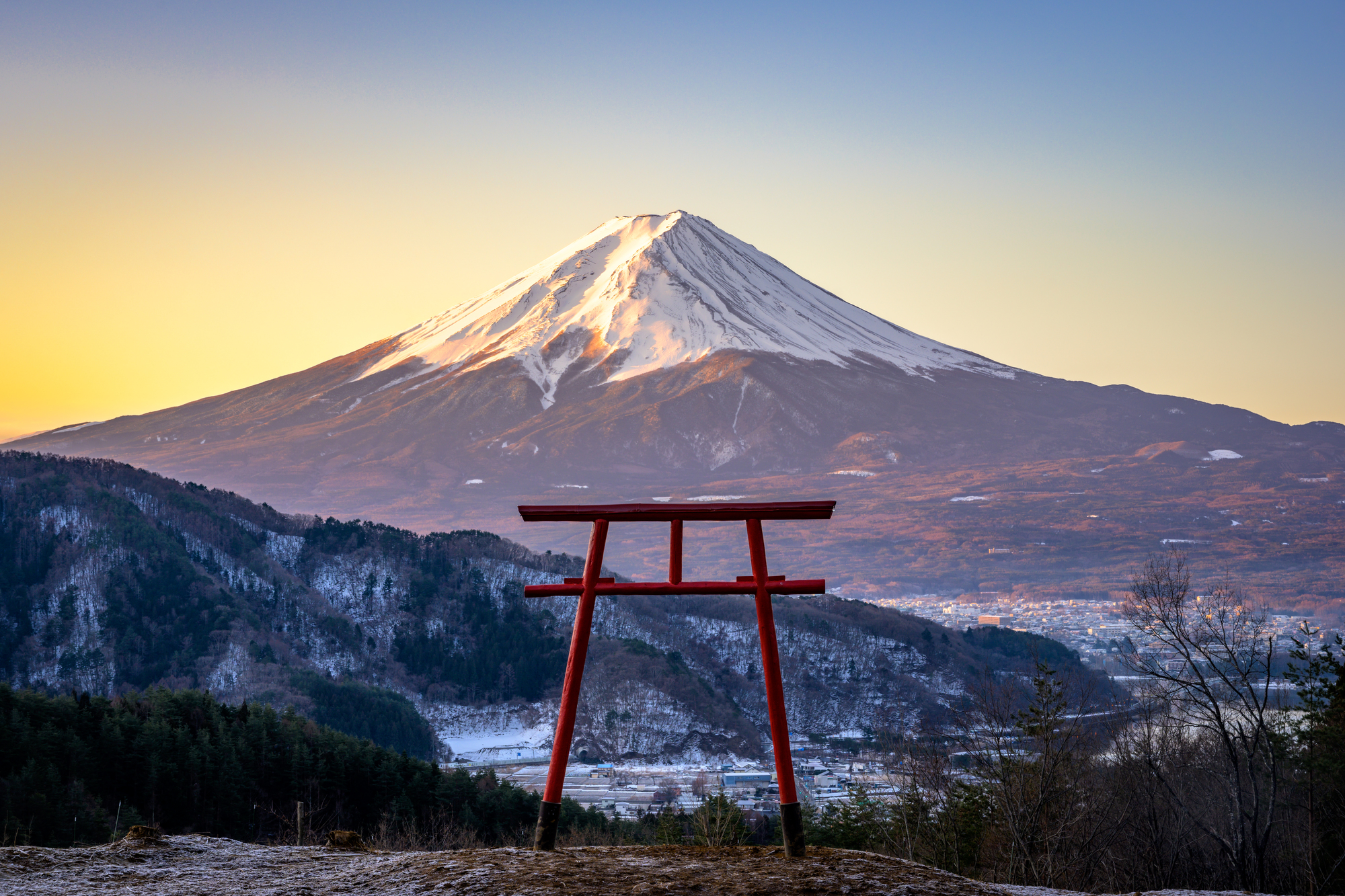
In ancient times, the repeated eruptions of Mt. Fuji were feared as signs of the anger of the mountain deity Asama no Okami. To appease the deity, local people began worshiping Mt. Fuji from its base, leading to the establishment of Asama Shrines around the foothills.
When volcanic activity subsided in the 11th century, a new form of worship emerged: pilgrimages to climb Mt. Fuji itself. Later, practitioners of Shugendo (a blend of mountain worship and Buddhism) began using the mountain as a training ground for spiritual practice.
Today, what began as sacred pilgrimages has become popular with ordinary people. During the official climbing season, over 200,000 climbers attempt the summit each year.
It’s important to remember that Mt. Fuji is still classified as an active volcano. The last major eruption occurred on November 23, 1707, during the Edo period (the Hoei eruption). Since then, the volcano has remained quiet, but scientists continue to monitor seismic and volcanic activity closely, and Japan has comprehensive disaster preparedness systems in place.
For peace of mind while traveling, make sure to check updated safety information and preparedness tips.

Why Is Mt. Fuji Called a “Source of Artistic Inspiration”?
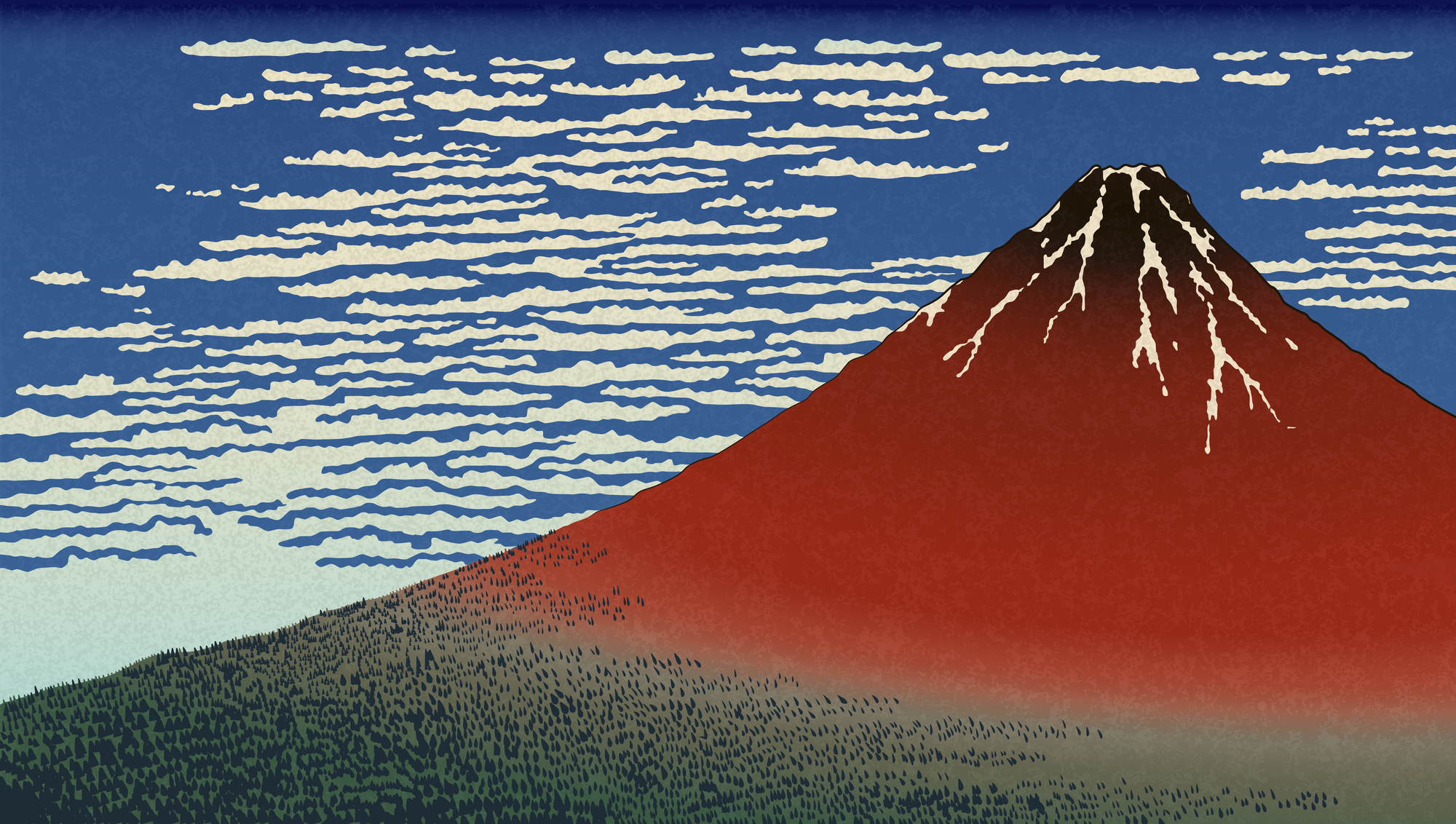
Mt. Fuji has long been a central theme in Japanese art and literature, appearing in poetry, novels, plays, and countless paintings.
The most famous examples are the ukiyo-e woodblock prints “Thirty-six Views of Mount Fuji” by Katsushika Hokusai and “The Fifty-three Stations of the Tokaido” by Utagawa Hiroshige. Ukiyo-e, a genre of art from the Edo to Taisho periods, depicted the customs and daily life of the time while celebrating the natural beauty of Mt. Fuji.
These works have been highly valued worldwide and profoundly influenced Western Impressionist painters such as Van Gogh and Monet, who drew inspiration from the Japanese portrayal of Mt. Fuji in creating new artistic styles.
Beyond paintings, Mt. Fuji has also been used as a motif in lacquerware, ceramics, textiles, and kimono designs, continuing to inspire artisans across different fields.
Even today, Mt. Fuji remains a powerful symbol of Japan and a timeless source of artistic creativity, captivating both Japanese and international audiences alike.

Where Can You See Mt. Fuji and How to Get There?
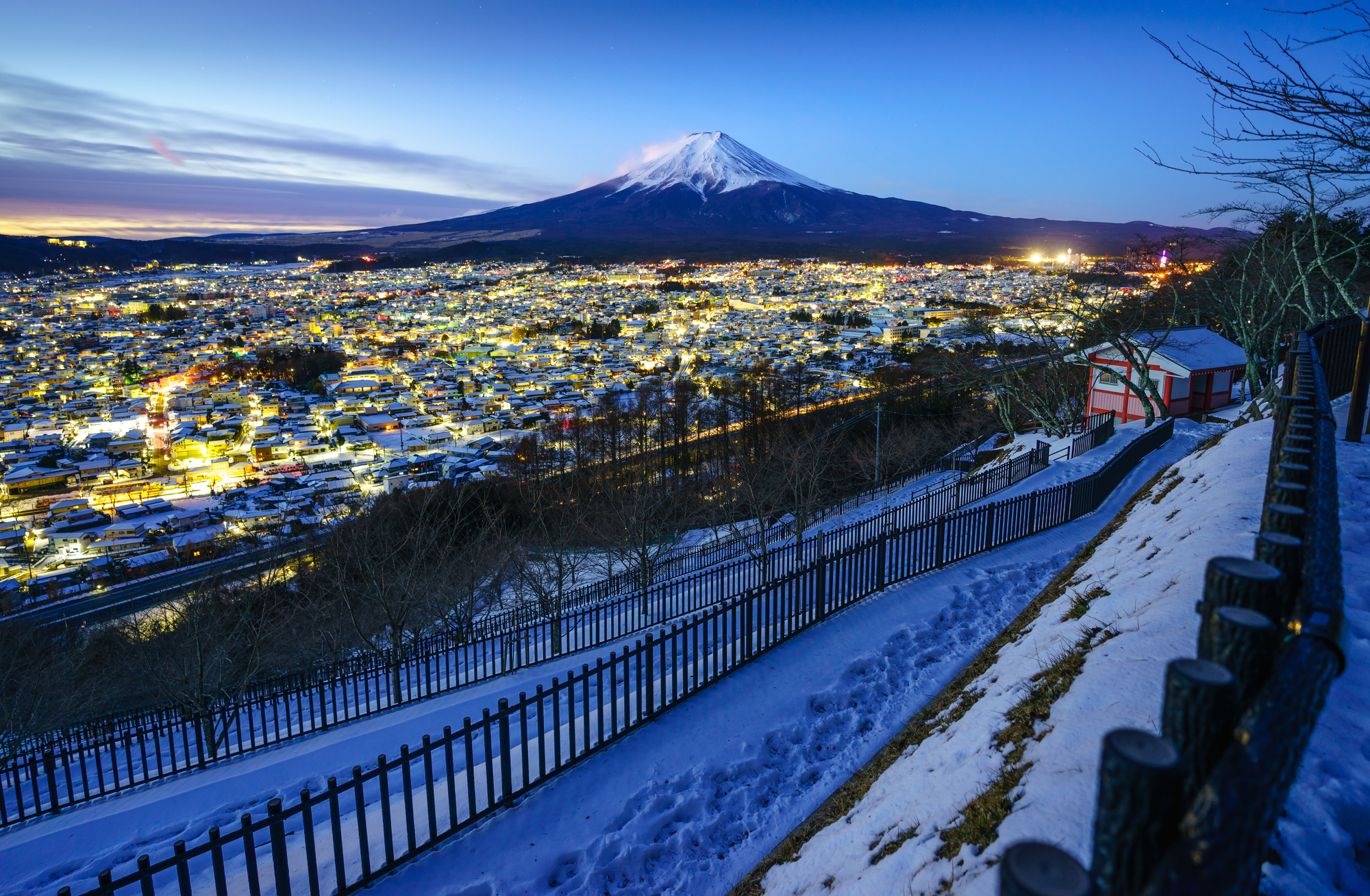
Mt. Fuji sits across Shizuoka and Yamanashi prefectures. Thanks to its location near Tokyo and Kanagawa, the mountain can often be seen from the capital on clear days.
For a truly breathtaking view, however, nothing compares to seeing Mt. Fuji up close from the Fuji Five Lakes area (Lake Kawaguchiko, Lake Yamanakako, Lake Shojiko, Lake Saiko, and Lake Motosuko). Among these, Lake Kawaguchiko and Lake Yamanakako are particularly famous, with Lake Kawaguchiko offering some of the most convenient access from Tokyo.
From Shinjuku, the Fuji Excursion Limited Express runs directly to Kawaguchiko in just 1 hour 53 minutes. You can also take other limited express trains like the Kaiji or Azusa. For more details, check our dedicated guide to train access from Tokyo.

First Snow on Mt. Fuji
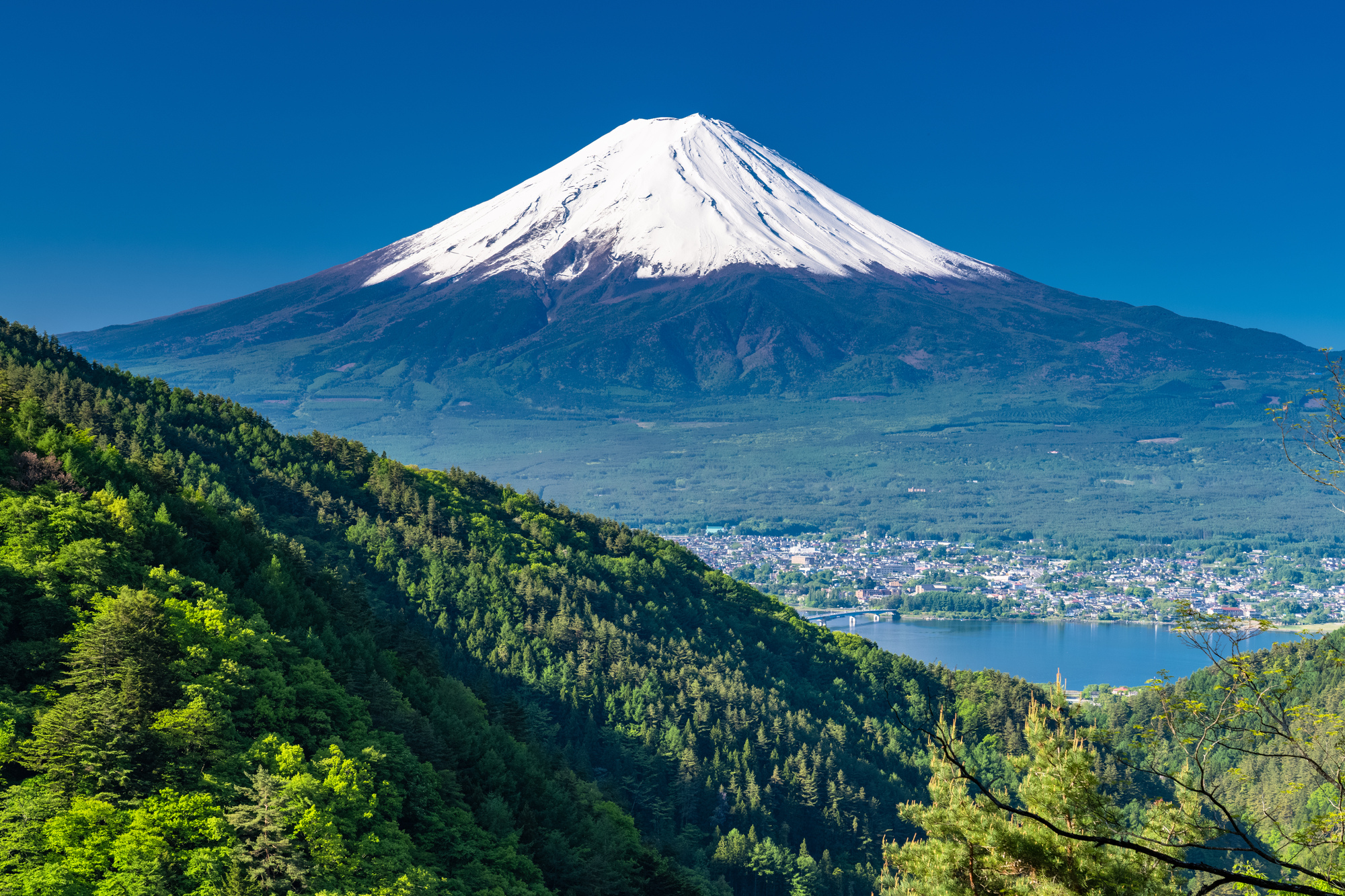
In 2024, Mt. Fuji’s first snowfall was observed on November 7, which was 36 days later than the annual average (October 2). This was the latest first snowfall since records began in 1894.
The conditions for “first snowfall” are very specific:
- It must occur after the hottest day (based on average daily temperature) between August 1 and July 31.
- It must be visible from official weather stations at the mountain’s base (snow seen only by climbers on the slopes does not count).
- If clouds block the view, it will not be recognized as first snowfall.
For real-time updates on Mt. Fuji’s appearance, live cameras are the best option. At JAPANOPIA FUJI +, you can check live camera feeds from Fujiyoshida, Oshino, Yamanakako, Narusawa, Lake Kawaguchiko, and across the wider Yamanashi area—all in one place.
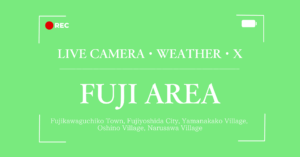
Climbing Mt. Fuji
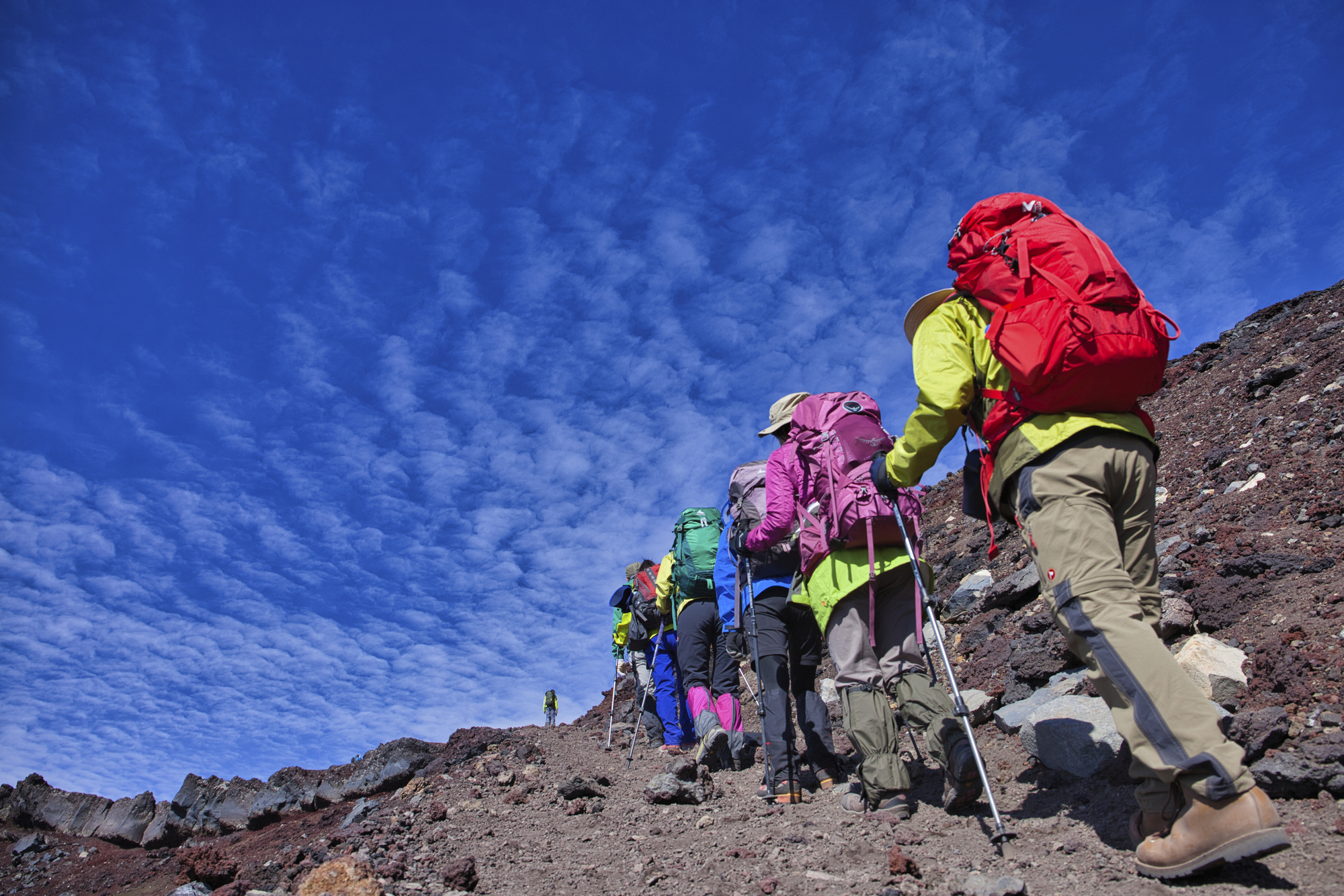
Many travelers to Yamanashi dream of climbing to the summit of Mt. Fuji. But reaching the top requires careful planning and preparation.
There are four official trails, accessible from both the Yamanashi and Shizuoka sides. During winter, these routes are closed due to heavy snow near the summit, making climbing essentially off-limits.
The official climbing season lasts only about two months—from early July to early September. For practical details on summit weather, clothing, and the four main trails, check our dedicated Mt. Fuji climbing guide.
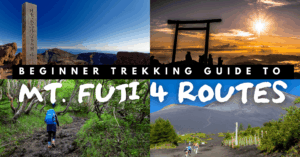
Things to Do Around Mt. Fuji
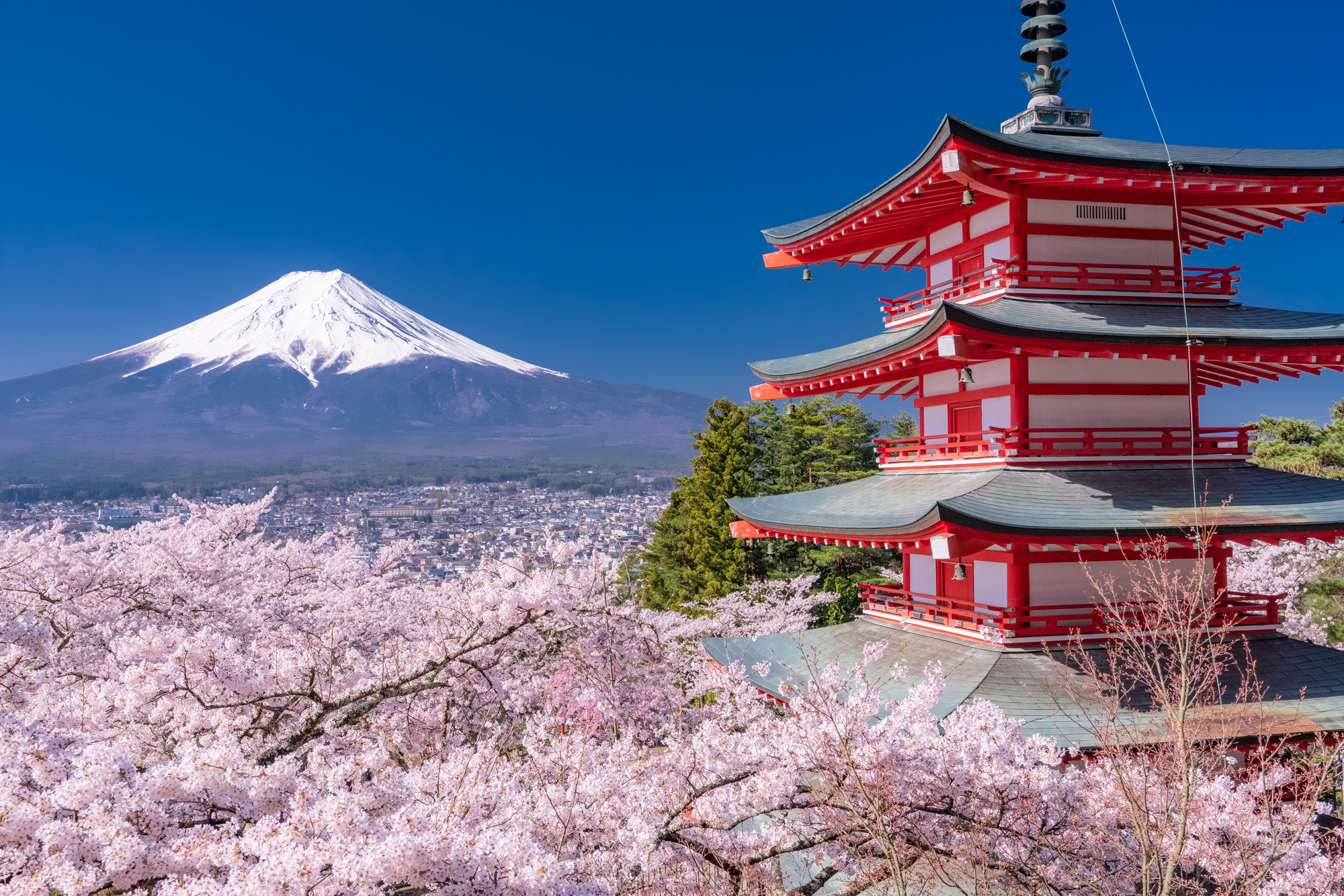
The Mt. Fuji area, especially Lake Kawaguchiko and Lake Yamanakako, offers plenty of activities, dining, shopping, and accommodation options to fill an entire day or more.
Popular activities include boating, smelt fishing, hiking, and cycling, each offering beautiful seasonal views. Food lovers can enjoy local specialties like Hoto noodles and Yoshida Udon, both made with fresh regional ingredients.
When it comes to accommodation, choices range from hot spring ryokan and lakeside hotels to campsites. Some inns even feature open-air baths with direct views of Mt. Fuji—perfect for unwinding after a day of sightseeing.
Evenings are especially magical, when the mountain glows with the sunset or stands in silhouette against city nightscapes. It’s an unforgettable way to end your trip.
Check our activity guide for more ways to enjoy the Mt. Fuji area!
Unique Views and Names of Mt. Fuji
Sakasa Fuji (Upside-Down Fuji)
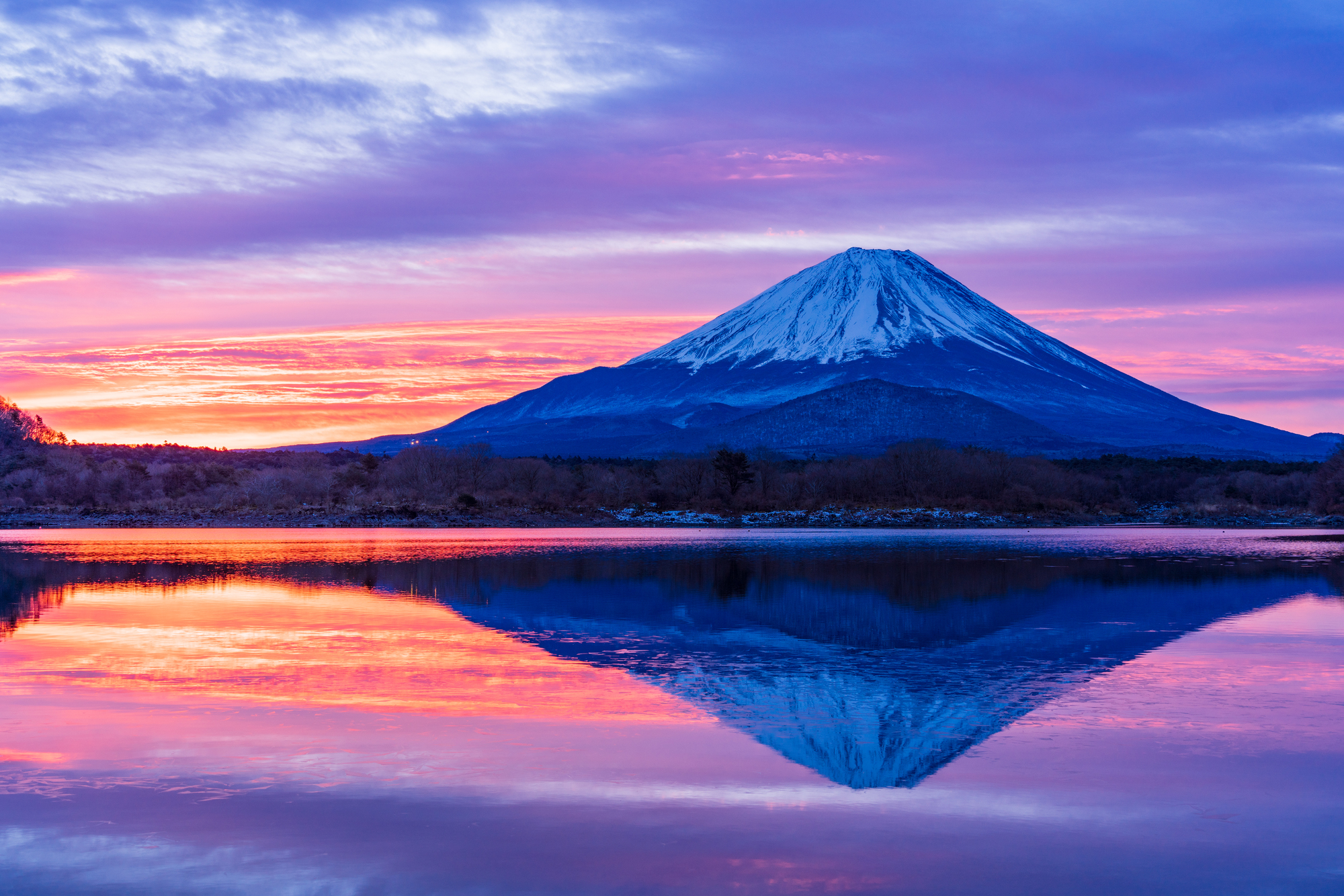

This phenomenon occurs when Mt. Fuji’s reflection appears perfectly inverted on the water’s surface. It is best seen on calm, windless days when the lake is still. The most famous view is from Lake Motosuko, which was even featured on Japan’s old 1,000-yen bill.
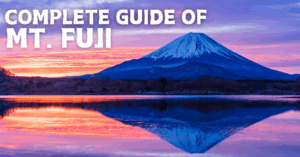

Diamond Fuji
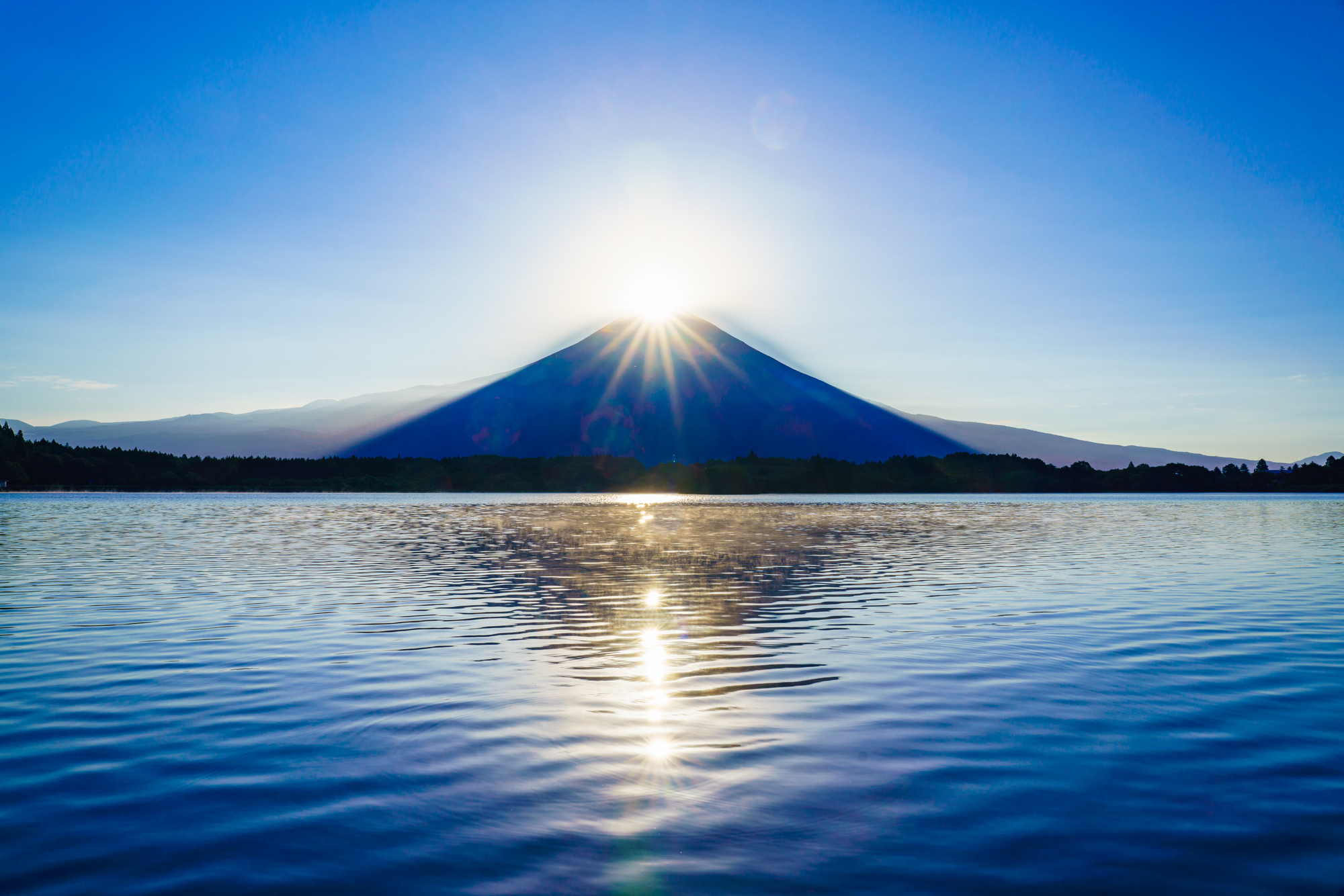

Diamond Fuji happens when the sun aligns directly with the summit of Mt. Fuji, shining like a diamond. It can only be seen from areas where the mountain appears to the east or west, with Lake Yamanakako and Lake Motosuko being the best spots among the Fuji Five Lakes.
Lake Yamanakako is known as the “Sacred Place of Diamond Fuji” because the phenomenon can be observed over a long period—from mid-October to late February.
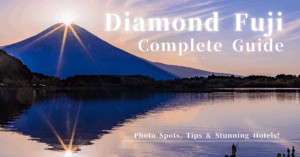

Double Diamond Fuji
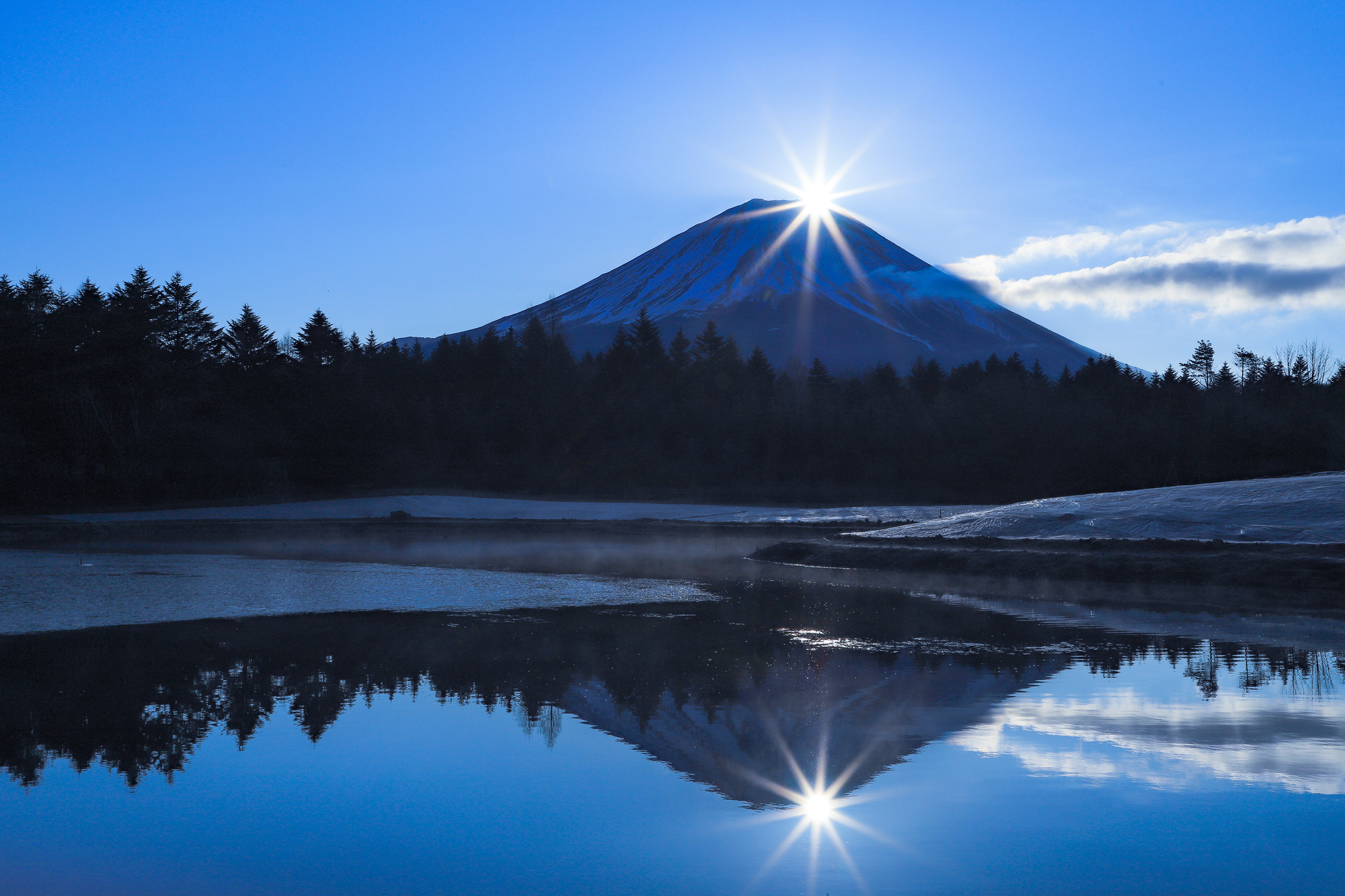

This is the extremely rare combination of Diamond Fuji and Sakasa Fuji, when both the sun’s sparkle and the upside-down reflection align perfectly. It can be seen from Lake Yamanakako or Lake Motosuko between mid-October and late February.


Pearl Fuji
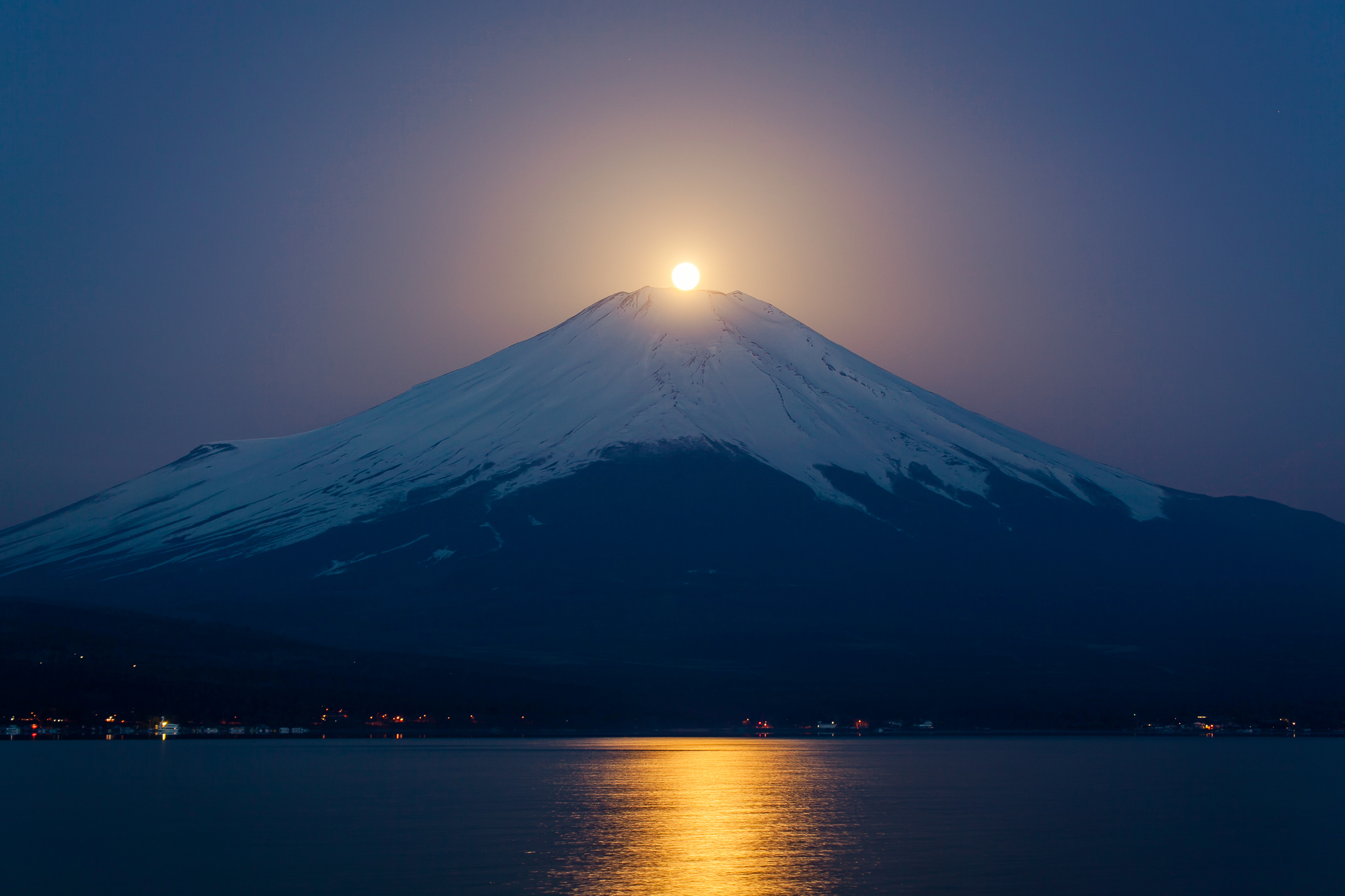

This view occurs when the full moon sits atop the summit of Mt. Fuji, resembling a glowing pearl. Best viewed from March to September during clear nights, it is more difficult to capture than Diamond Fuji. Lake Yamanakako and Lake Motosuko are prime spots.


Double Pearl Fuji
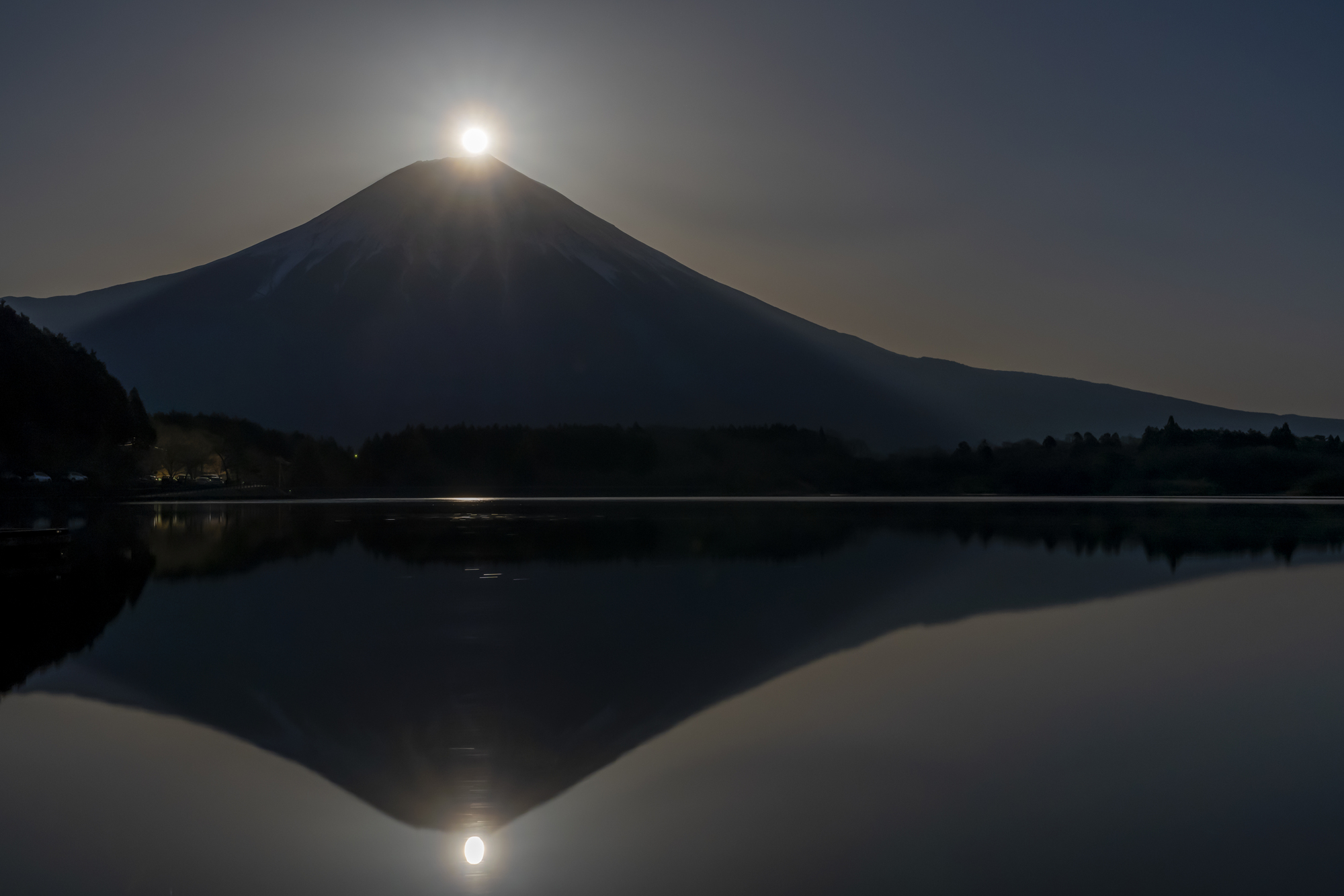

A rare spectacle where Pearl Fuji combines with Sakasa Fuji, creating the illusion of two pearls floating side by side. This can also be seen from Lake Yamanakako and Lake Motosuko.


Red Fuji (Aka Fuji)
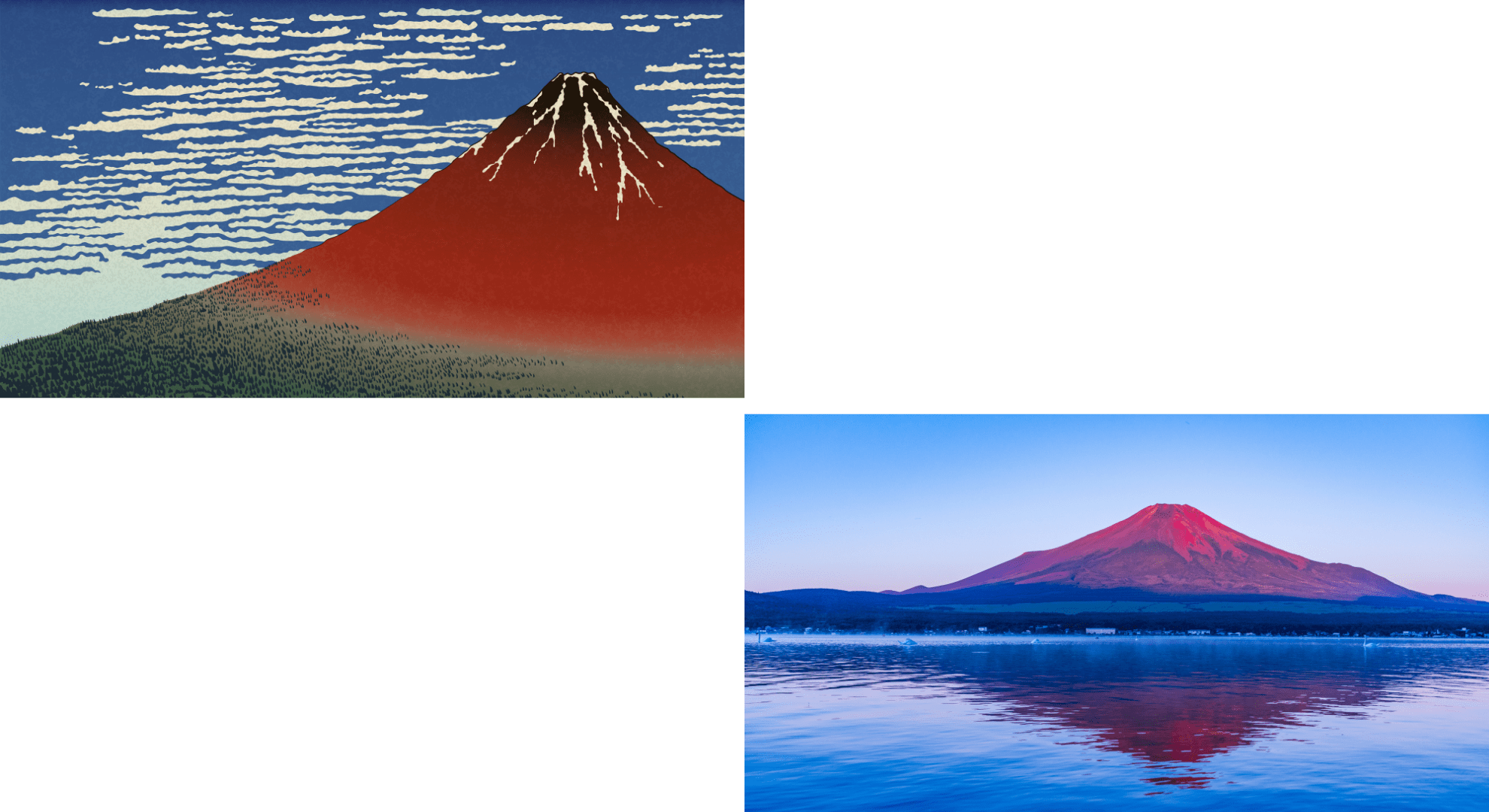

Depicted in Katsushika Hokusai’s “Thirty-Six Views of Mount Fuji”, this famous scene shows Mt. Fuji glowing red at sunrise. It is typically visible in late summer to early autumn on clear mornings. Around Lake Yamanakako, you have the best chance to see this breathtaking view.
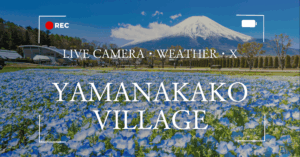

Crimson Fuji (Beni Fuji)
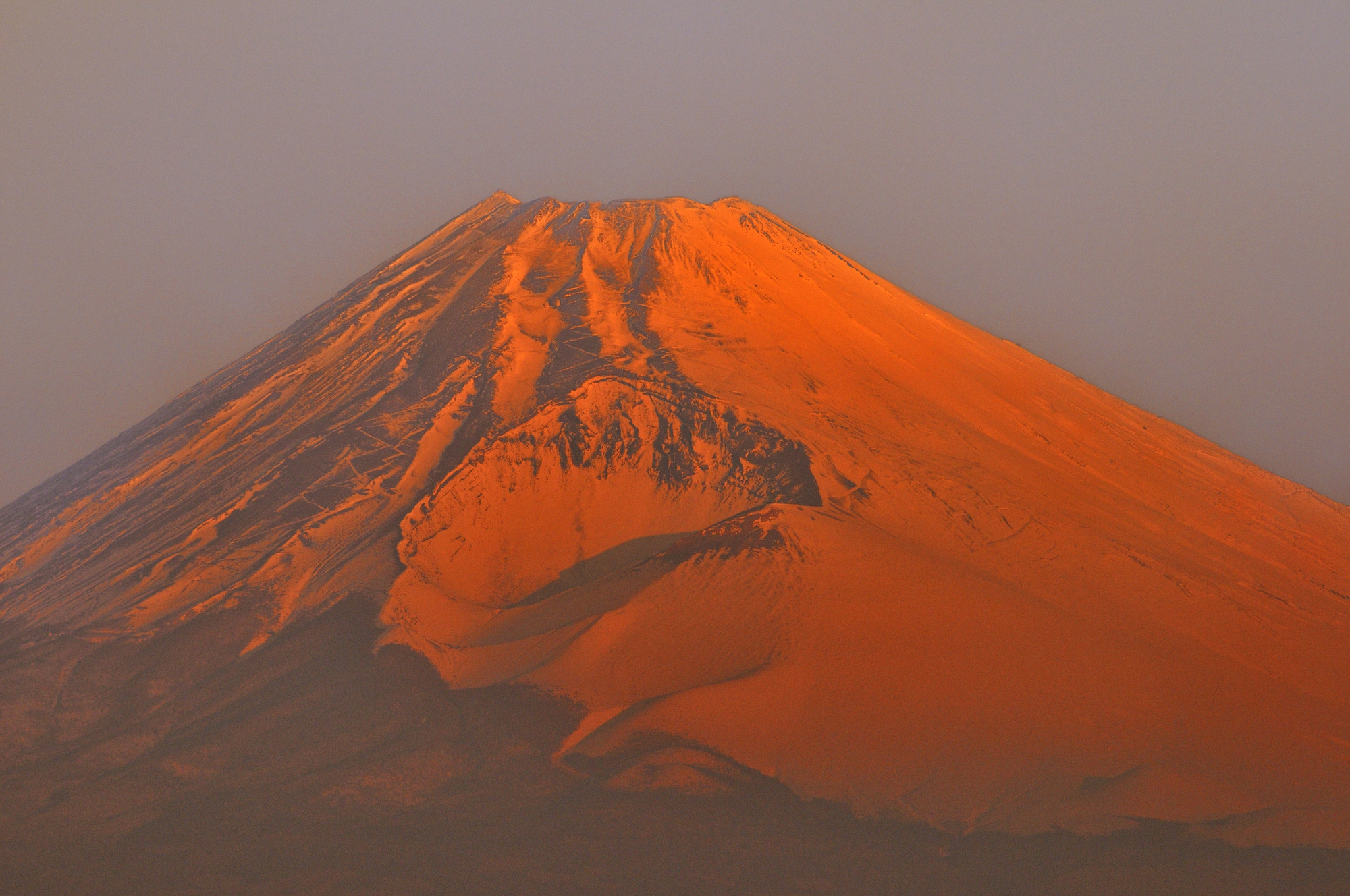

In winter mornings and evenings, the snow-covered slopes of Mt. Fuji glow a brilliant crimson under the light. This fantastical, painting-like view can be seen around Lake Yamanakako during the coldest days of winter.


Blue Fuji (Ao Fuji)
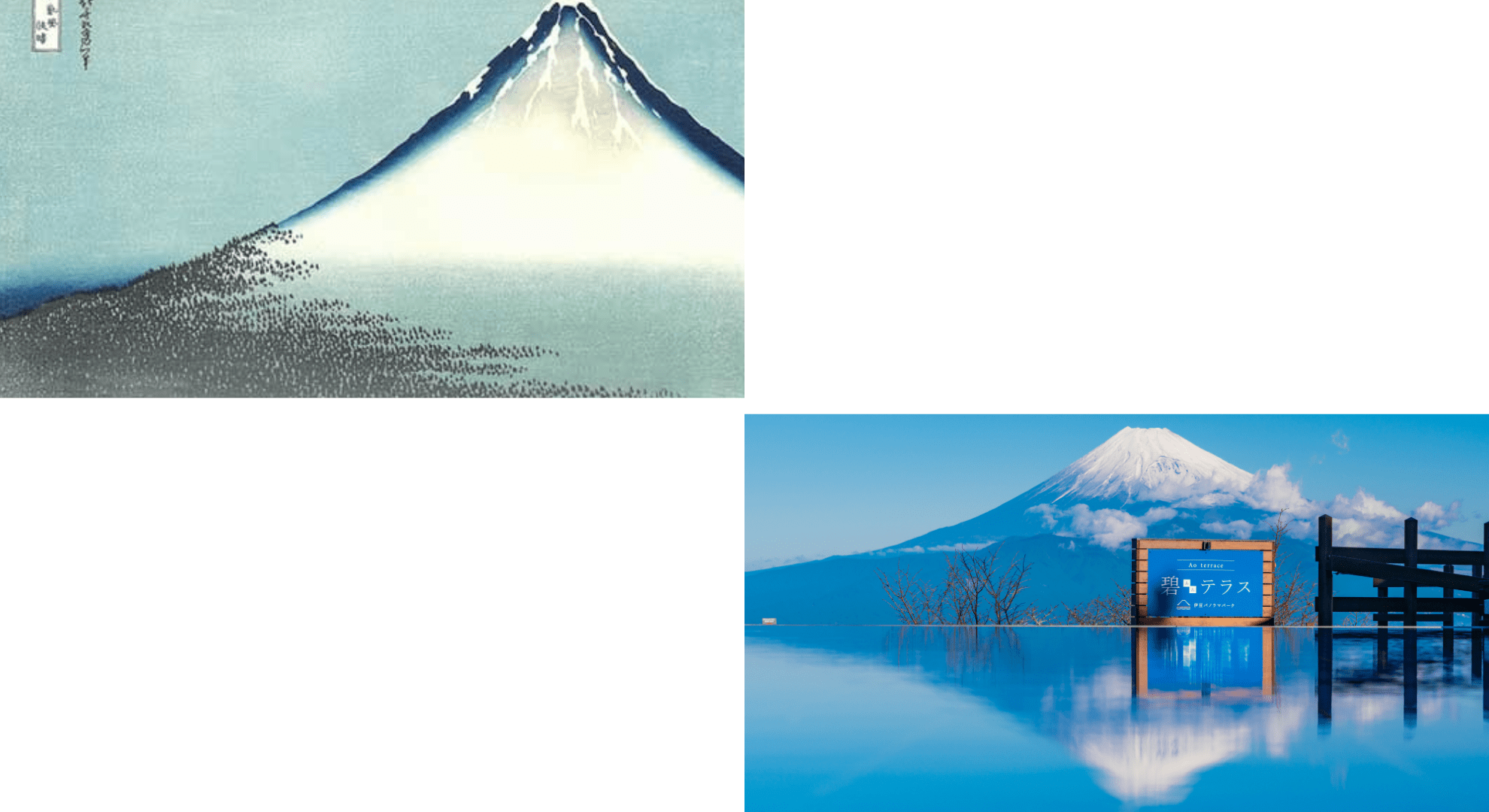

Due to atmospheric scattering of blue light, Mt. Fuji appears bluer when viewed from a distance. Hokusai also created works depicting this “Blue Fuji”, which has become known as a hidden masterpiece.
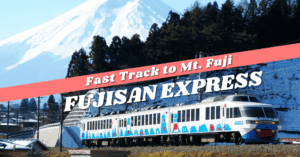

Rainbow Fuji
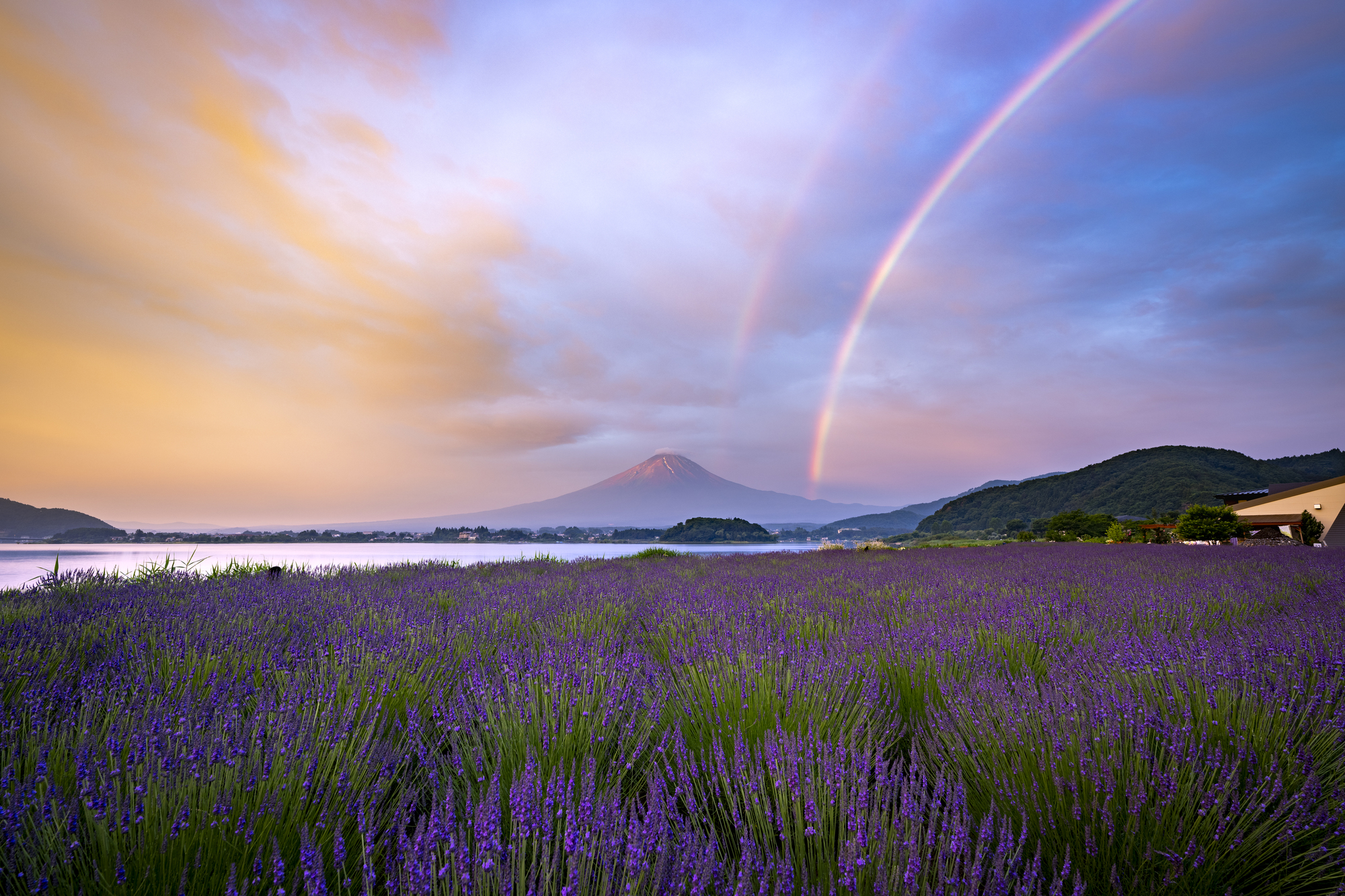

This occurs when a rainbow stretches across Mt. Fuji. On rare occasions, the rainbow’s reflection can also appear on the surface of Lake Yamanakako, making for an even more enchanting sight.
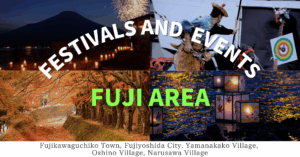

Shadow Fuji (Kage Fuji)
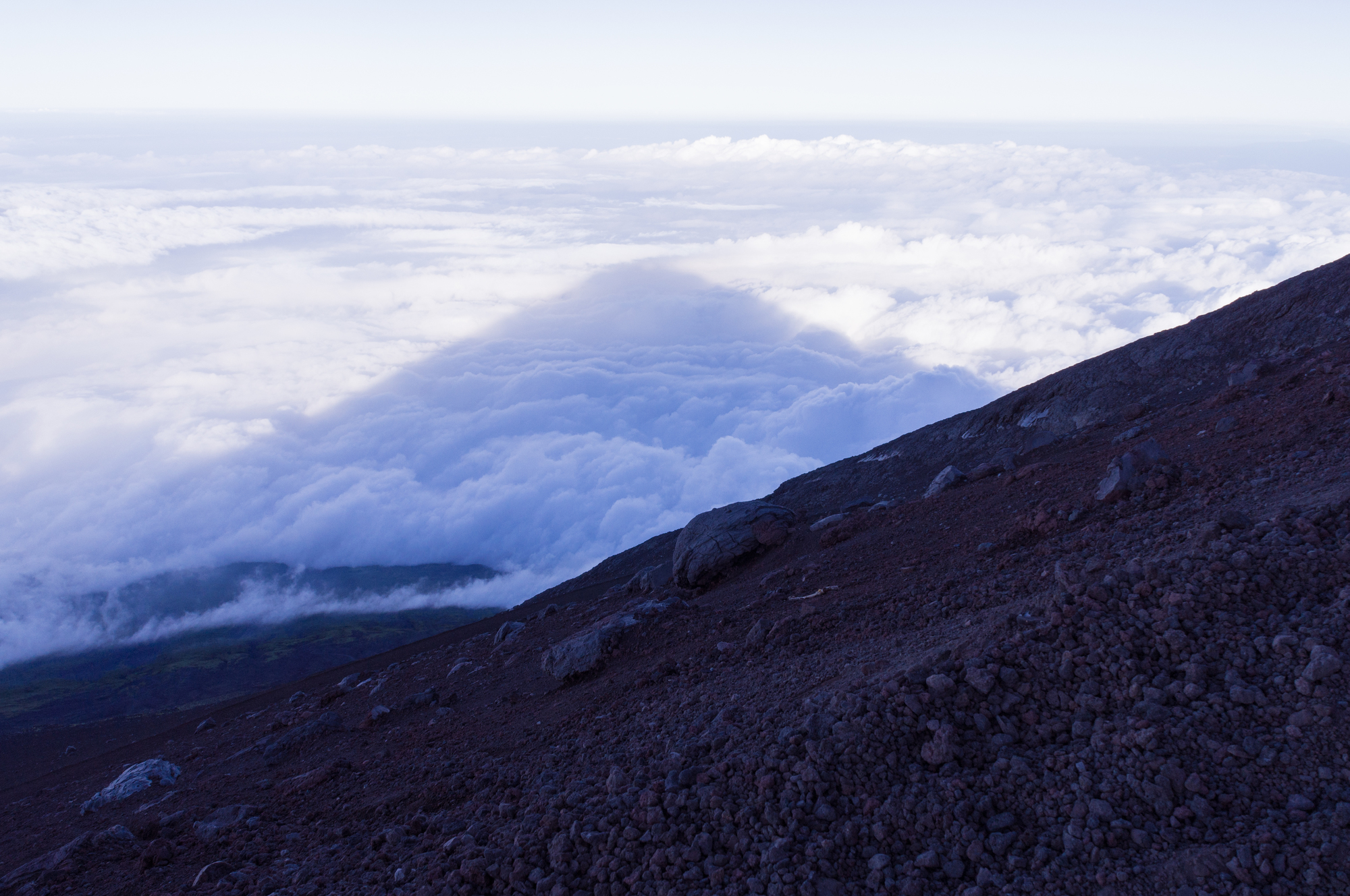

Seen from near the summit—particularly from the Ken-ga-mine peak on the western side—this phenomenon projects the silhouette of Mt. Fuji onto the surrounding sea of clouds. It is extremely rare and highly sought after by climbers.
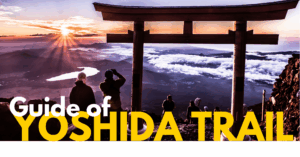

Floating Fuji (Uki Fuji)
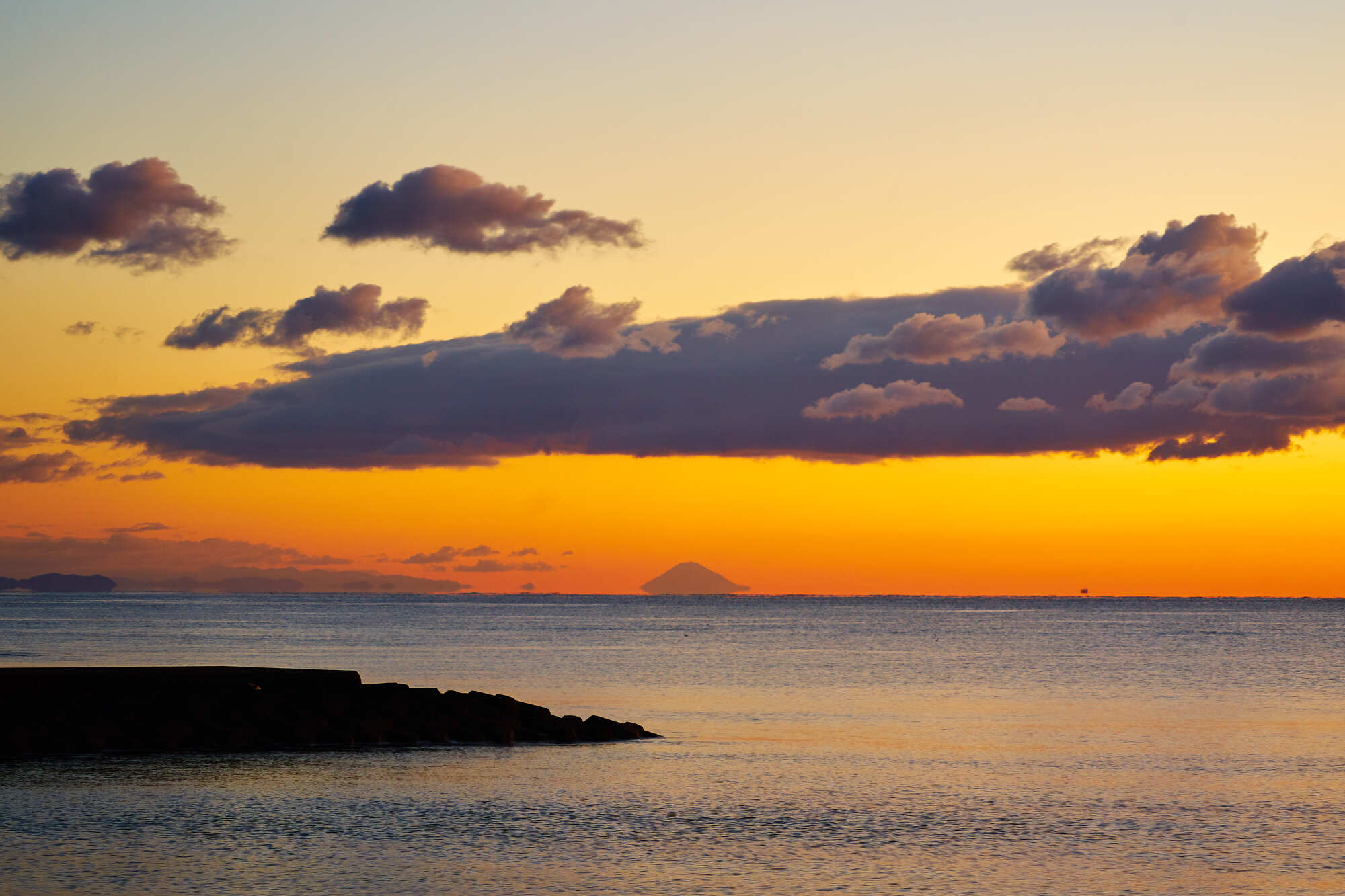

An optical illusion where Mt. Fuji’s summit looks as if it is floating above the clouds, caused by mirage effects influenced by the Kuroshio Current. This view can only be seen offshore near Shima and Toba in Mie Prefecture.
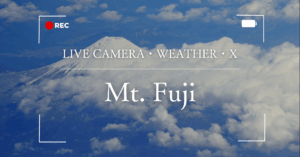

Double Fuji (Nijuu Fuji)
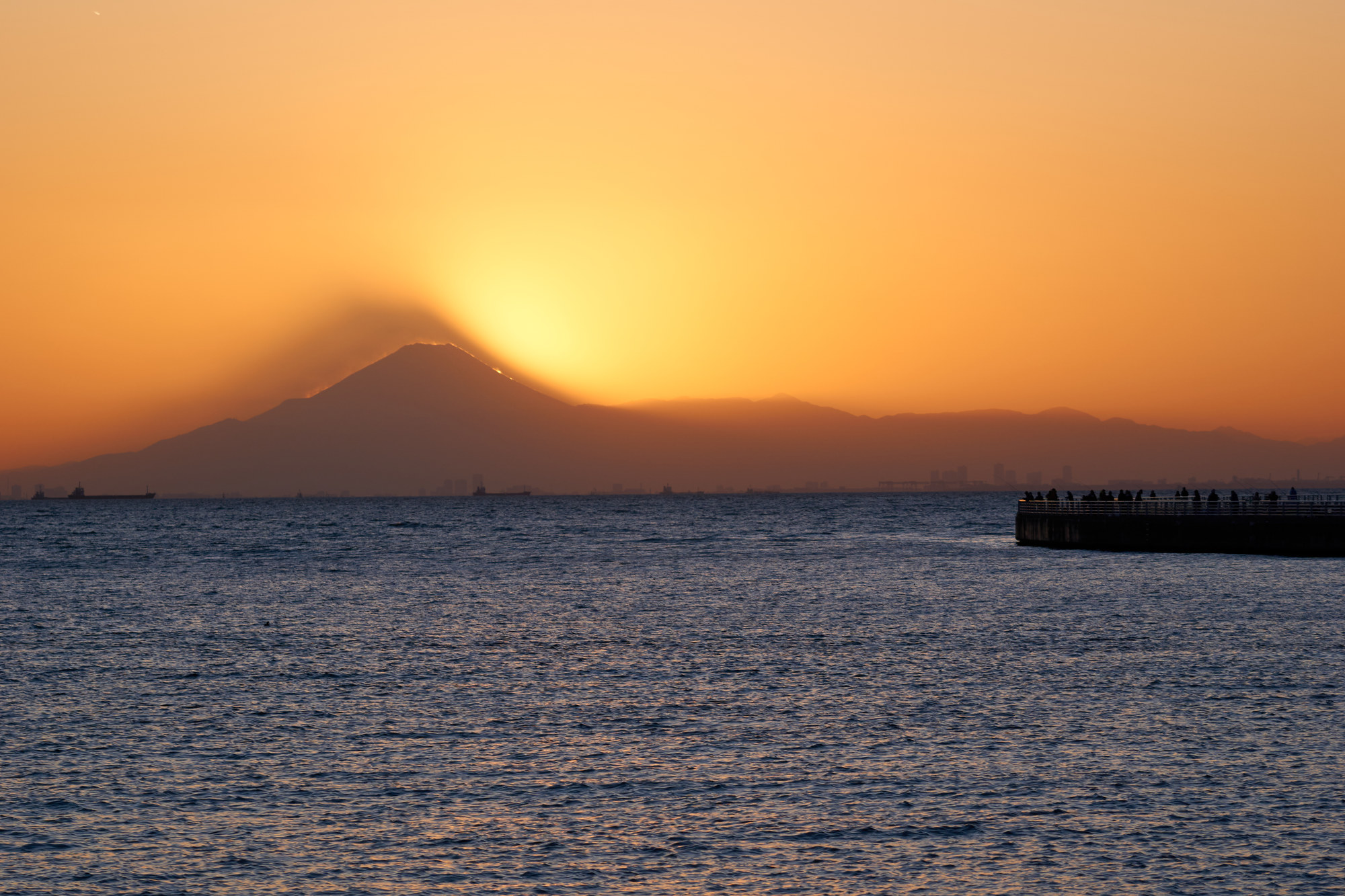

A rare occurrence where Mt. Fuji’s shadow is reflected in the sky, making it appear doubled. This phenomenon can sometimes be seen in wide areas of the Kanto region (Tokyo, Saitama, Kanagawa). It is so unusual that it often makes national news when spotted.


Okeya Fuji & Nozoki Fuji
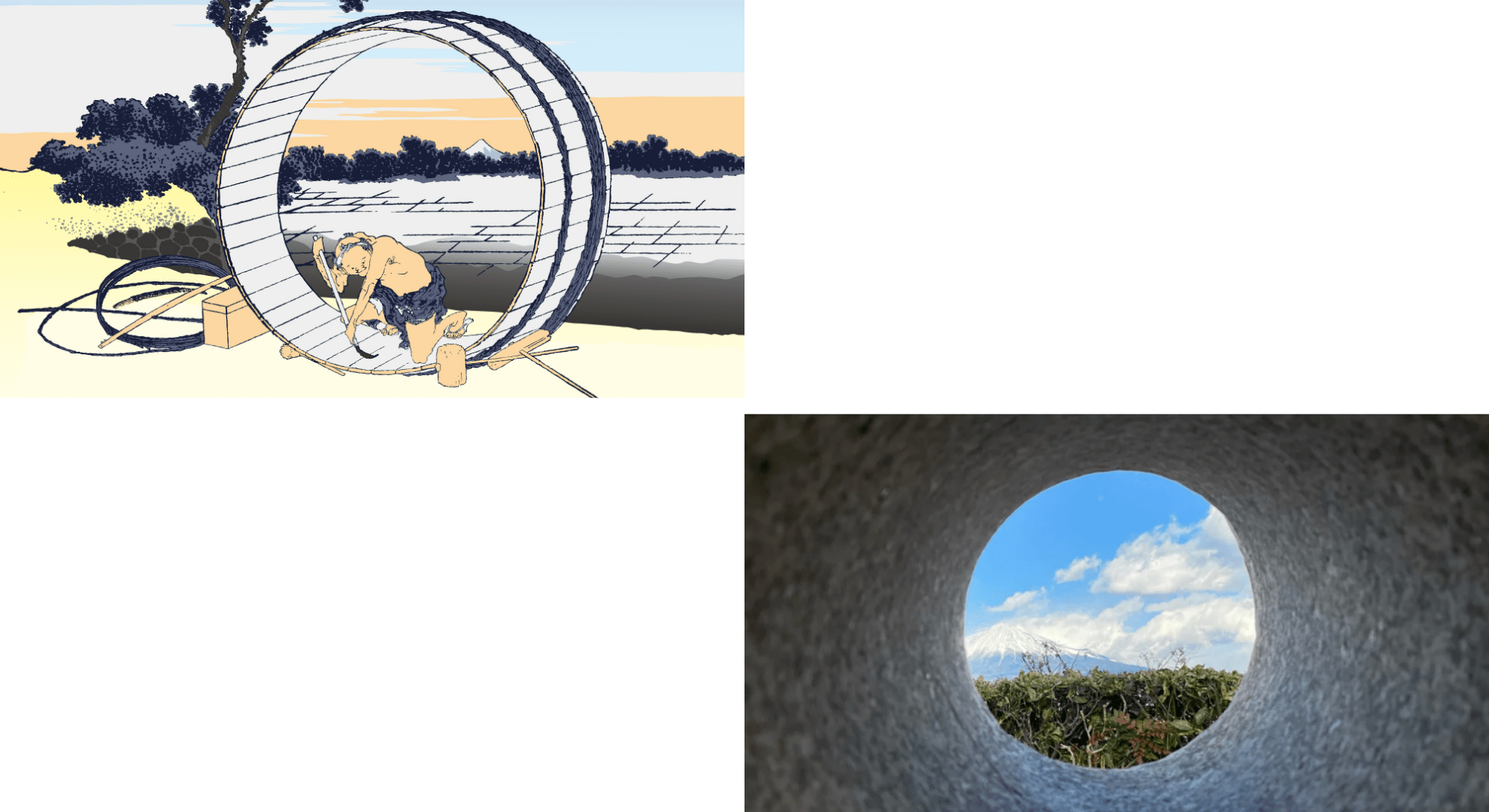

Famous from Hokusai’s ukiyo-e prints, Okeya Fuji refers to the view of Mt. Fuji framed inside the ring of a wooden barrel. Today, similar framed views—such as from tunnels, lantern holes, or special lookout points—are called Nozoki Fuji. At the Fujikawa Service Area (outbound) in Shizuoka, a designated “peek-through” spot has been installed.


Street Fuji (Rojou Fuji)
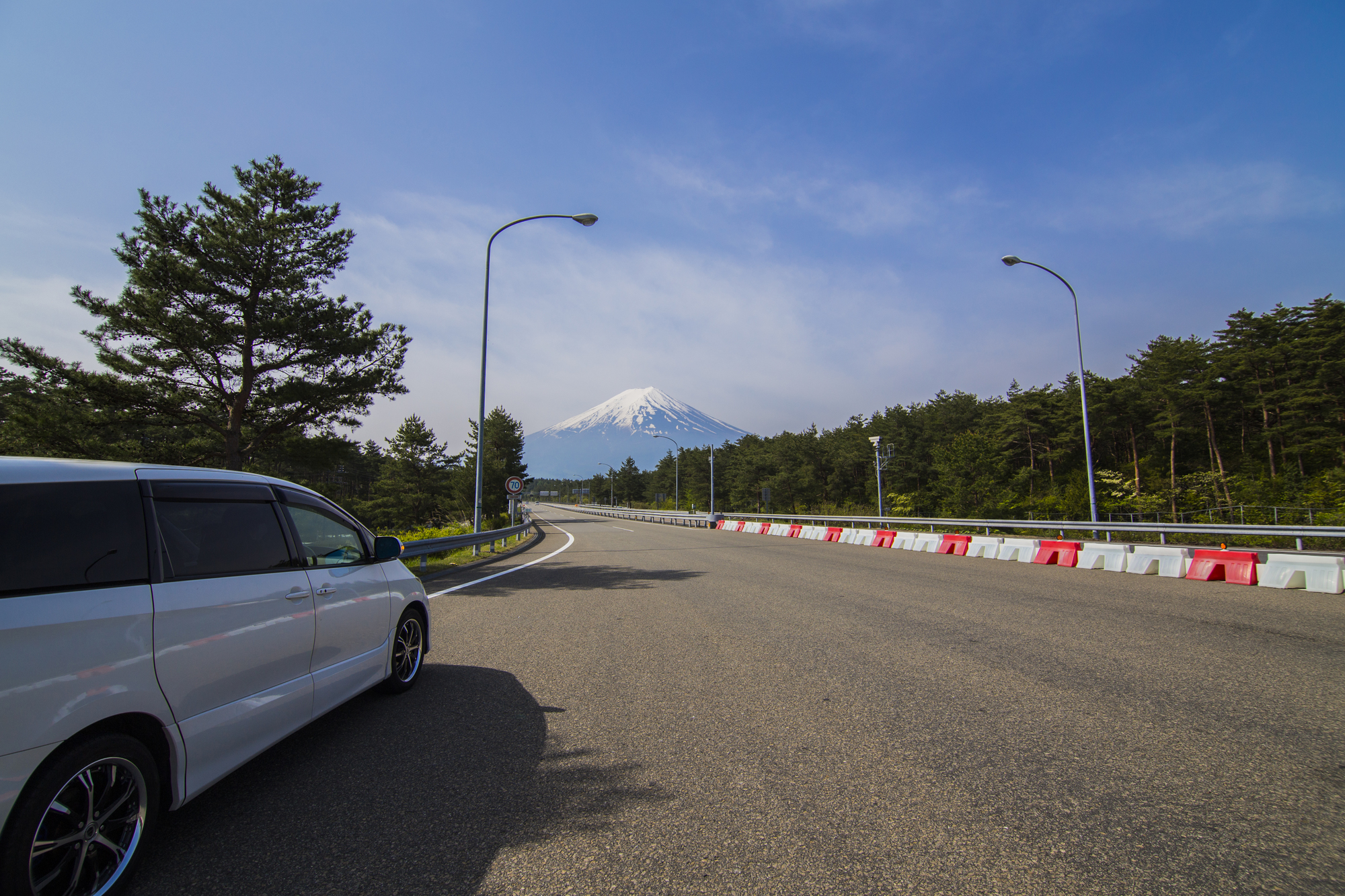

Simply refers to seeing Mt. Fuji from the streets. On clear days, spotting the mountain while going about daily life is said to bring good luck and a sense of calm.


Convenience Store Fuji (Konbini Fuji)
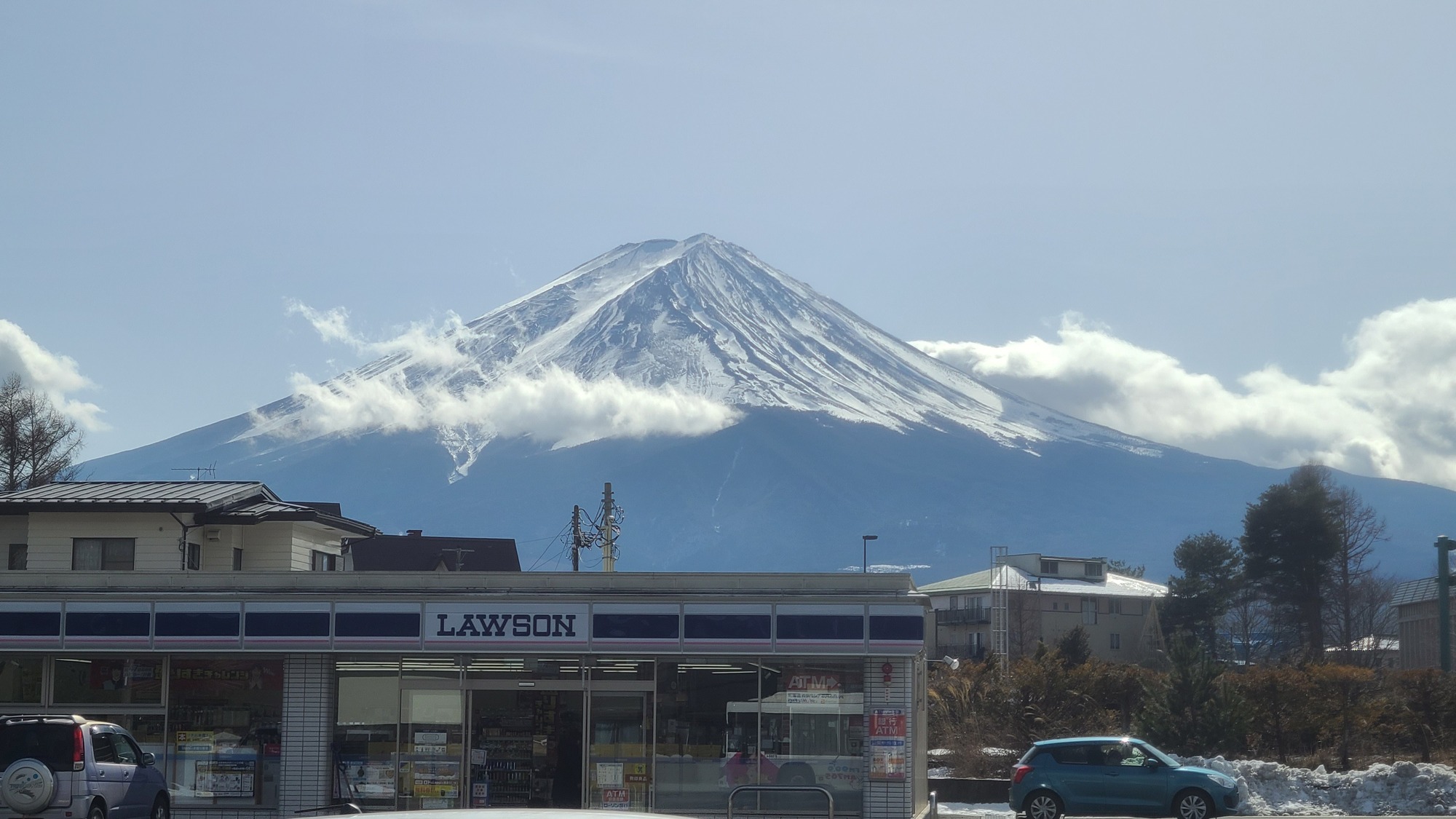

Have you heard of the viral “Convenience Store Fuji”? This nickname refers to the view of Mt. Fuji from the Lawson Kawaguchiko Ekimae store, just a 5-minute walk from Lake Kawaguchiko Station. Around 2022, overseas influencers posted photos of the mountain rising above the convenience store, and it quickly became an Instagram sensation.
However, due to issues with crowding, dangerous road crossings, and littering, a black curtain was installed in 2024. Although it has since been removed, visitors are asked to be respectful and safe when taking photos at this spot.


Summary
From its sacred cultural significance to its many unique visual phenomena, Mt. Fuji is truly a mountain like no other. Each perspective offers a new way to appreciate its grandeur.
Use this guide to deepen your knowledge and enhance your journey when traveling through Yamanashi and the Mt. Fuji area.
Recommended for You! Featured Articles You May Also Like
-


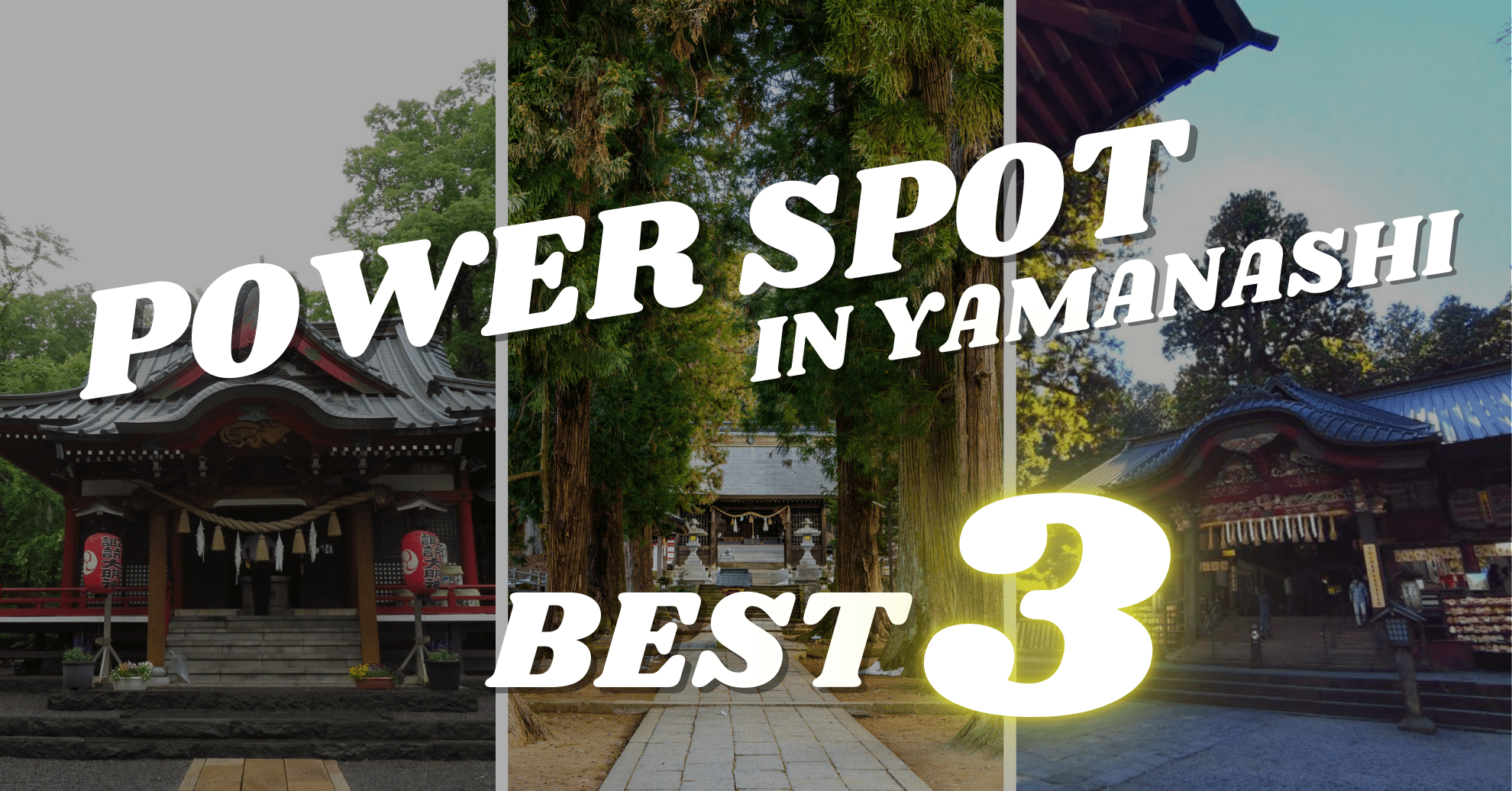
Sacred Mt. Fuji — 3 Must-Visit Spiritual Power Spots in Yamanashi!
-


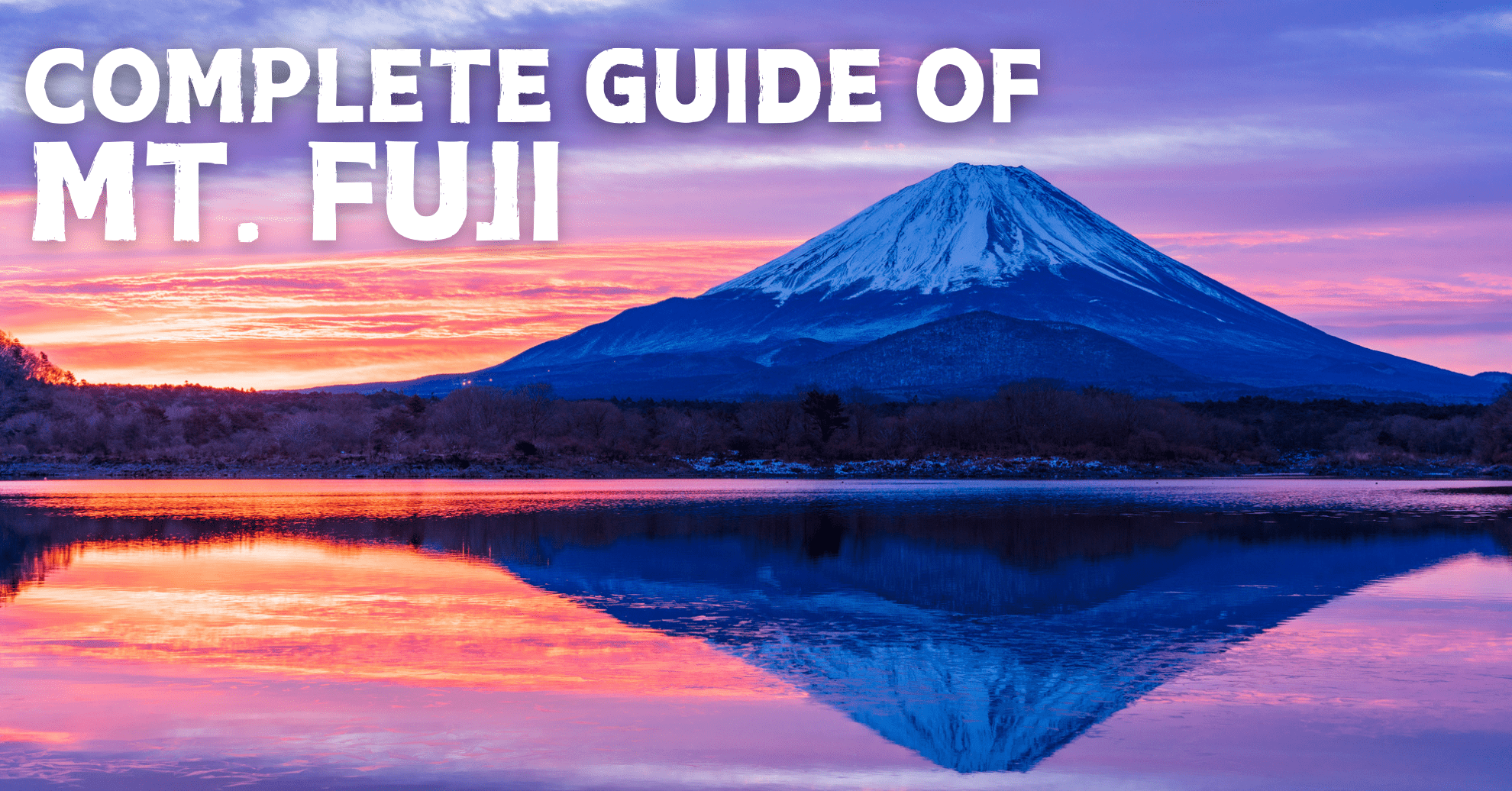
The Ultimate Guide to Mt. Fuji: From Essential Facts to the Best Viewing Spots
-


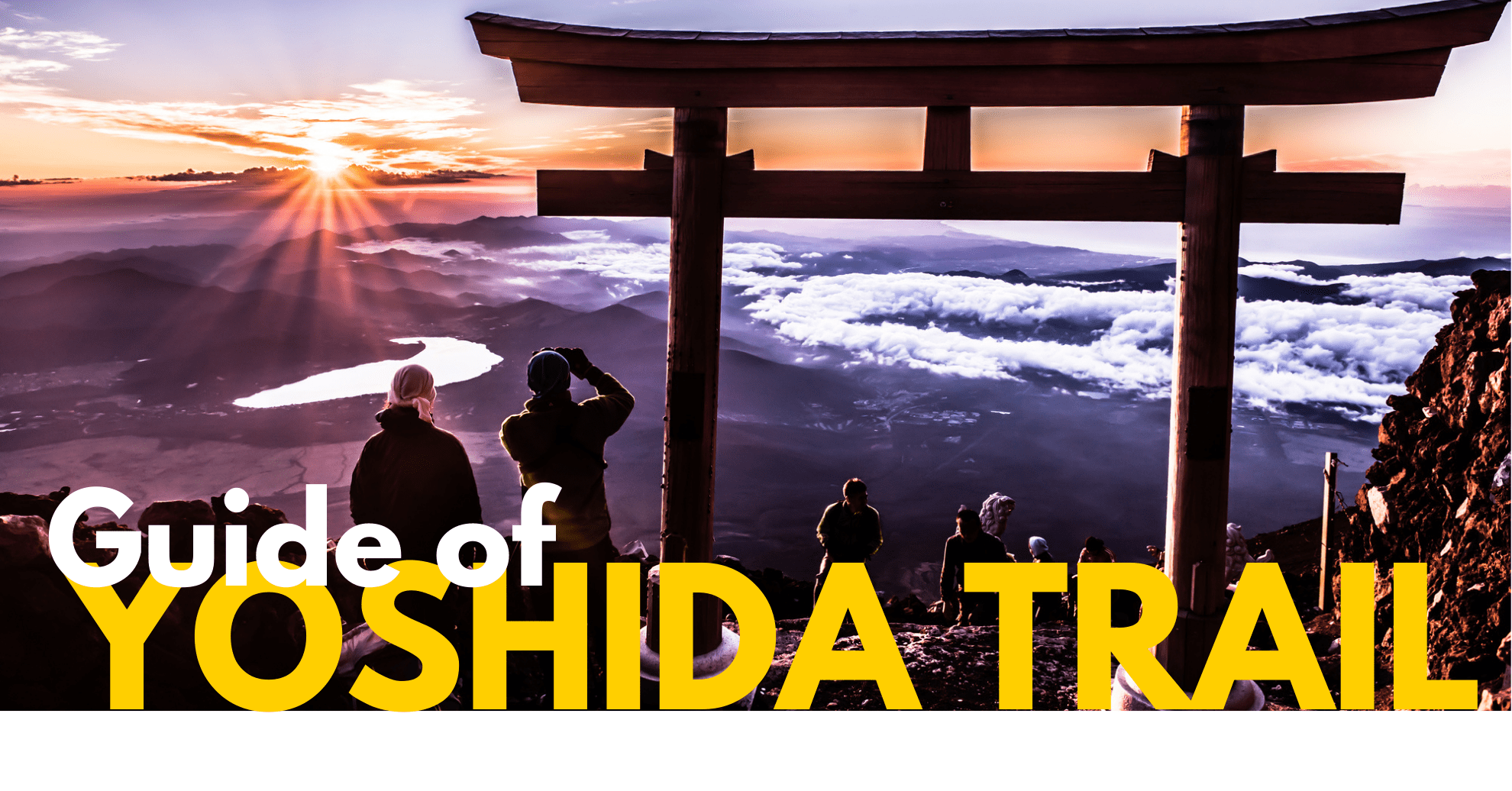
[2025] Complete Guide to the Yoshida Trail on Mt. Fuji|Mountain Huts, Trail Details, and Access
-


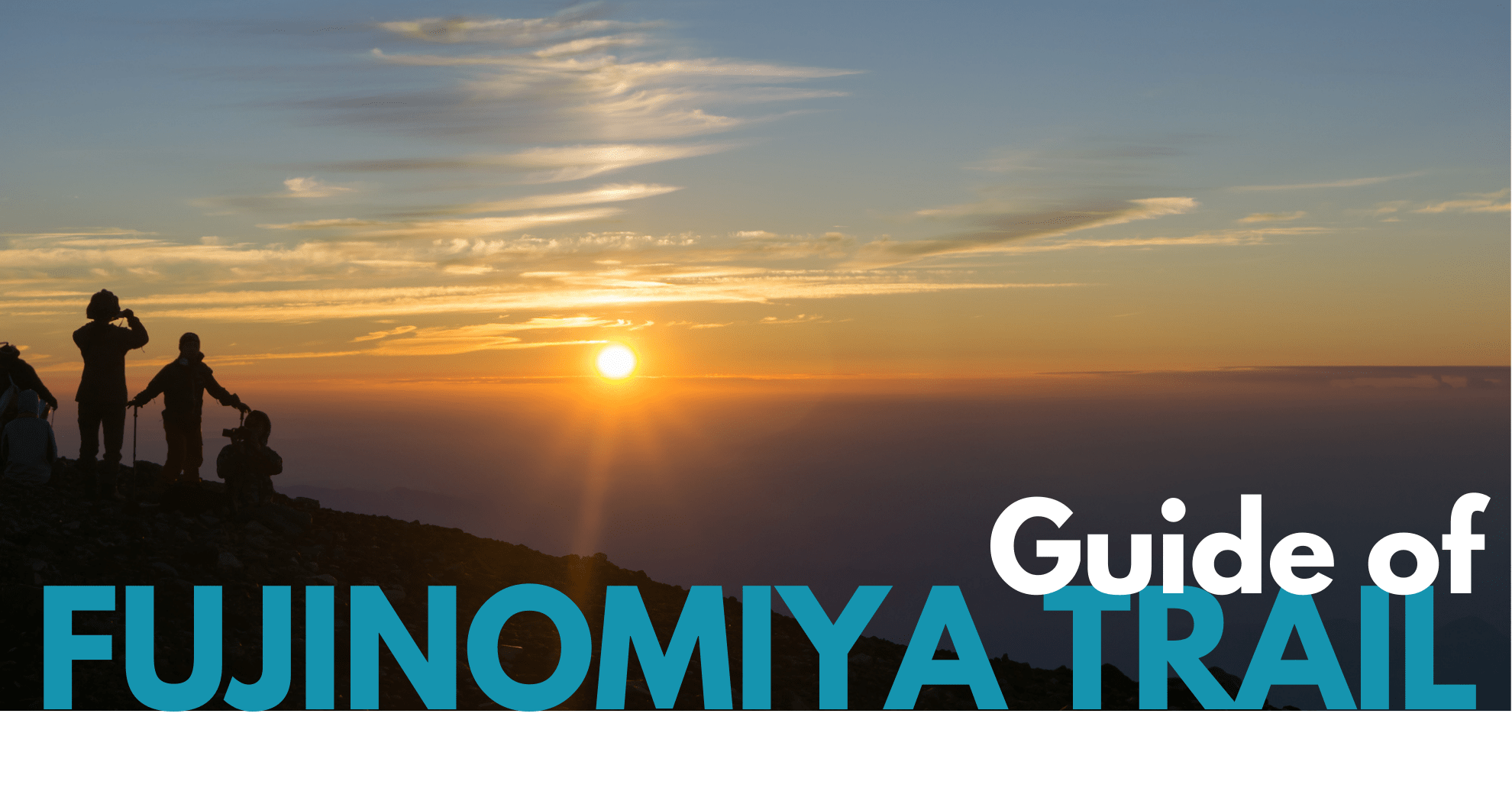
[2025] Complete Guide to the Fujinomiya Trail on Mt. Fuji|Mountain Huts, Trail Details, and Access
-


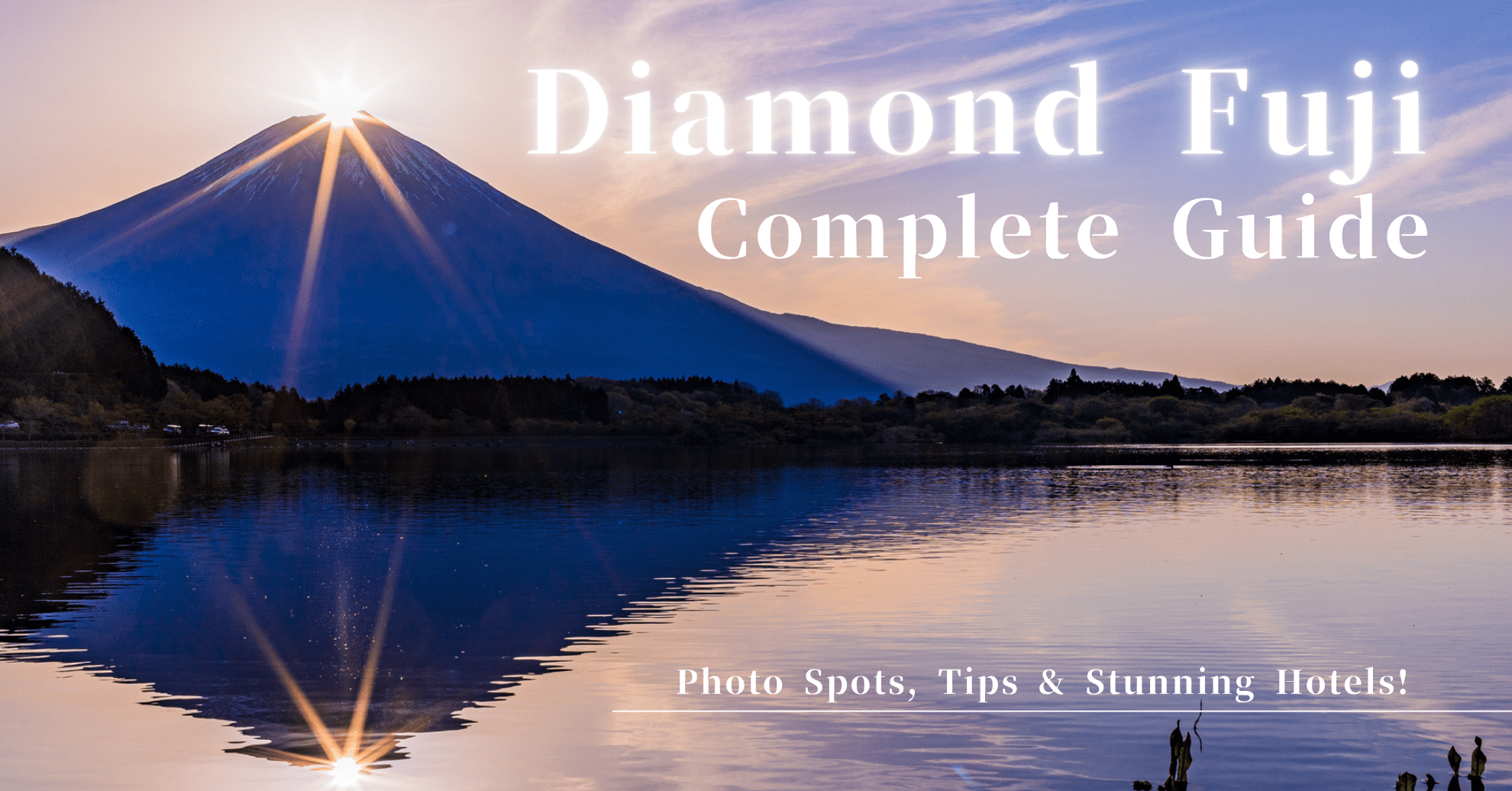
Complete Guide to “Diamond Fuji” | Basic Info, Best Photo Spots & Scenic Hotels
-


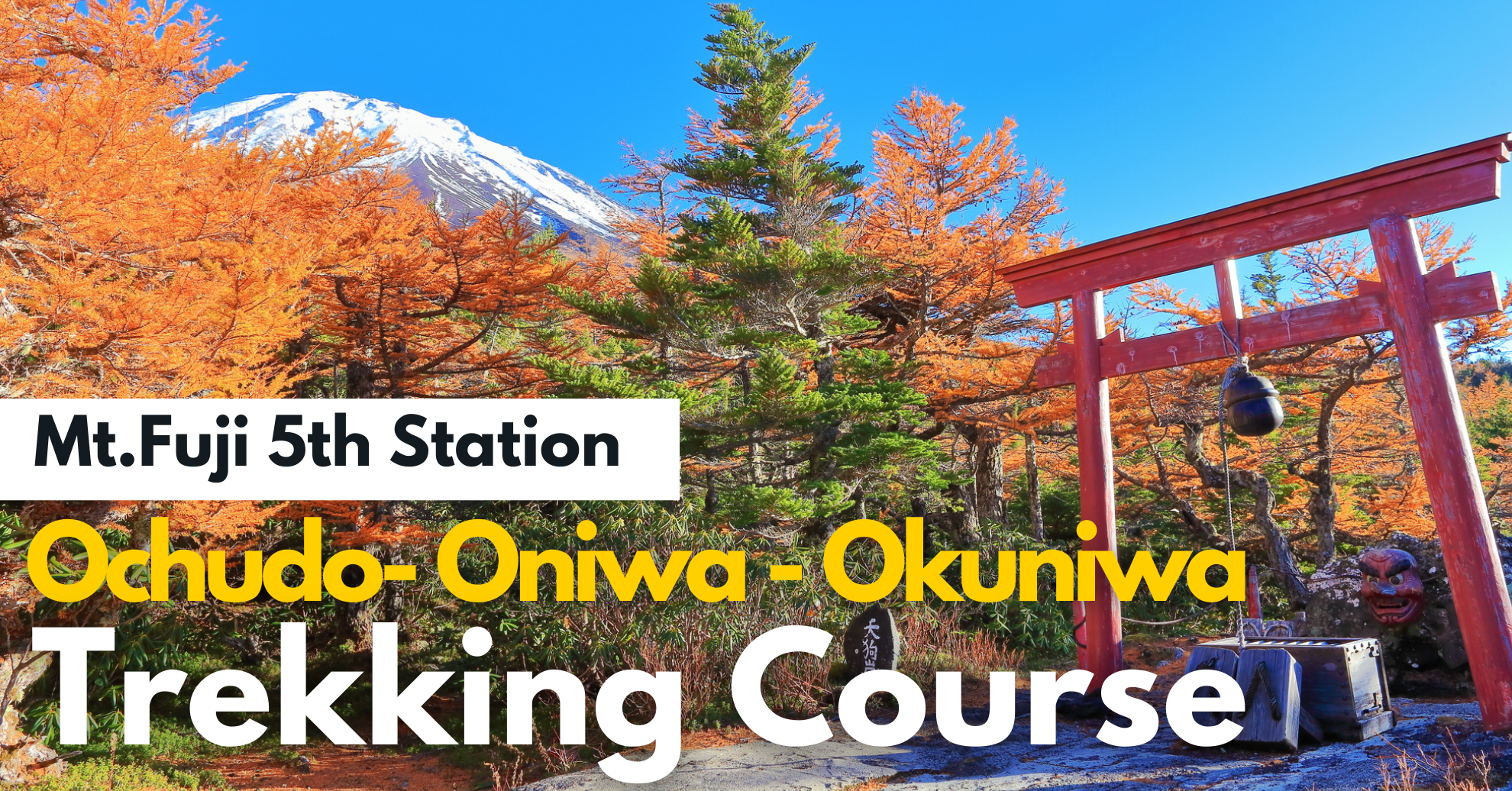
Enjoy the Nature of Mt. Fuji! Easy Trekking Course from “Ochudo – Oniwa – Okuniwa” at the 5th Station 【With Map】


